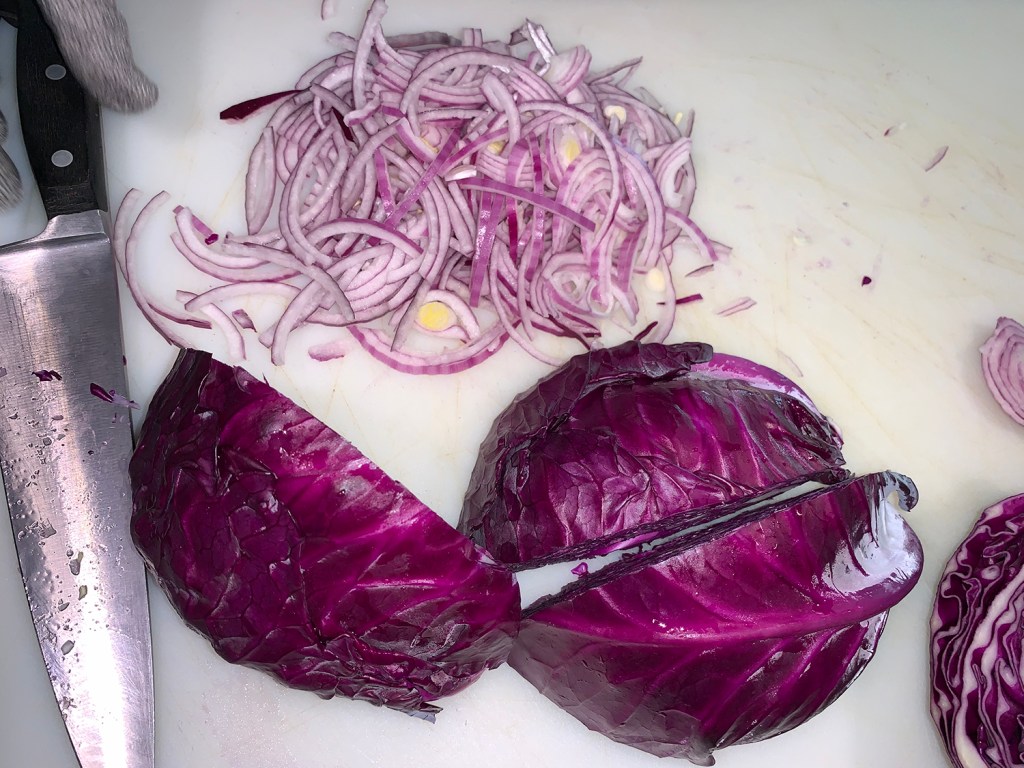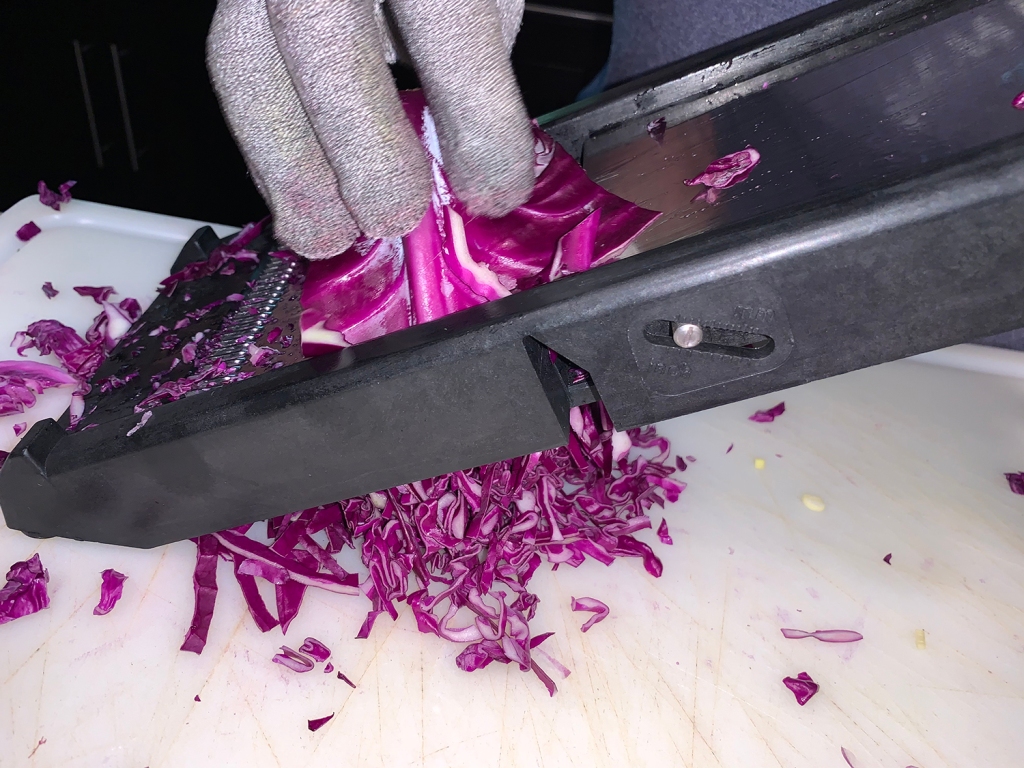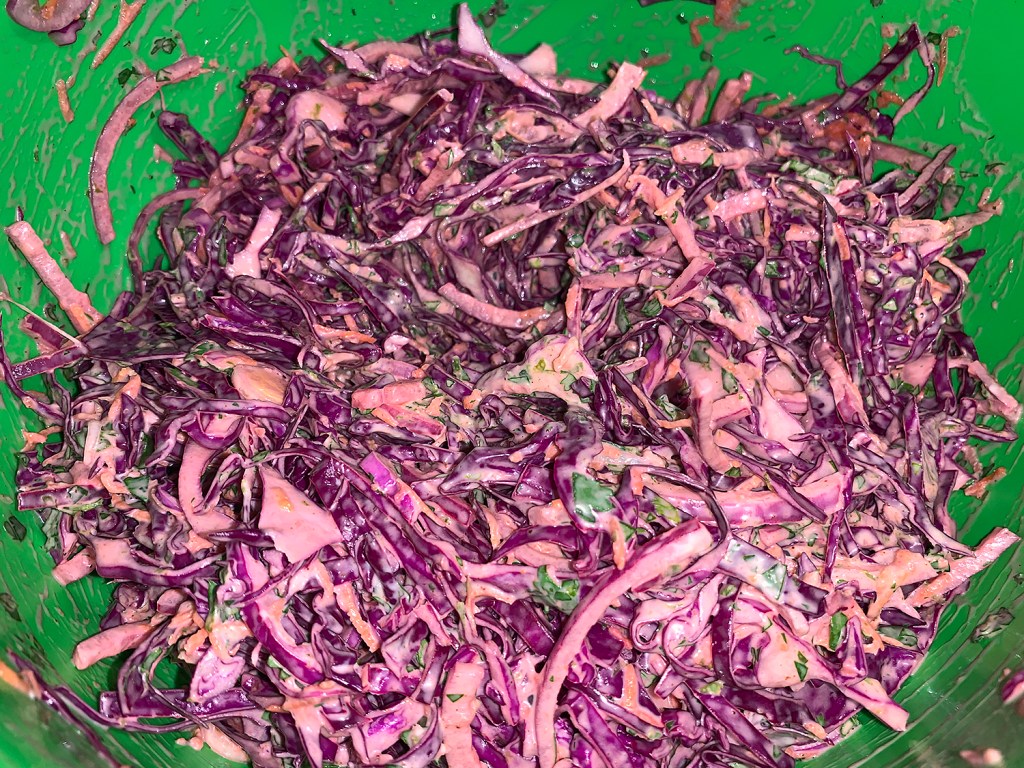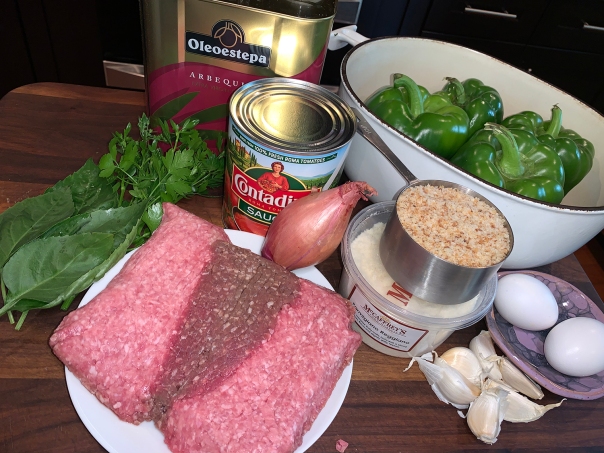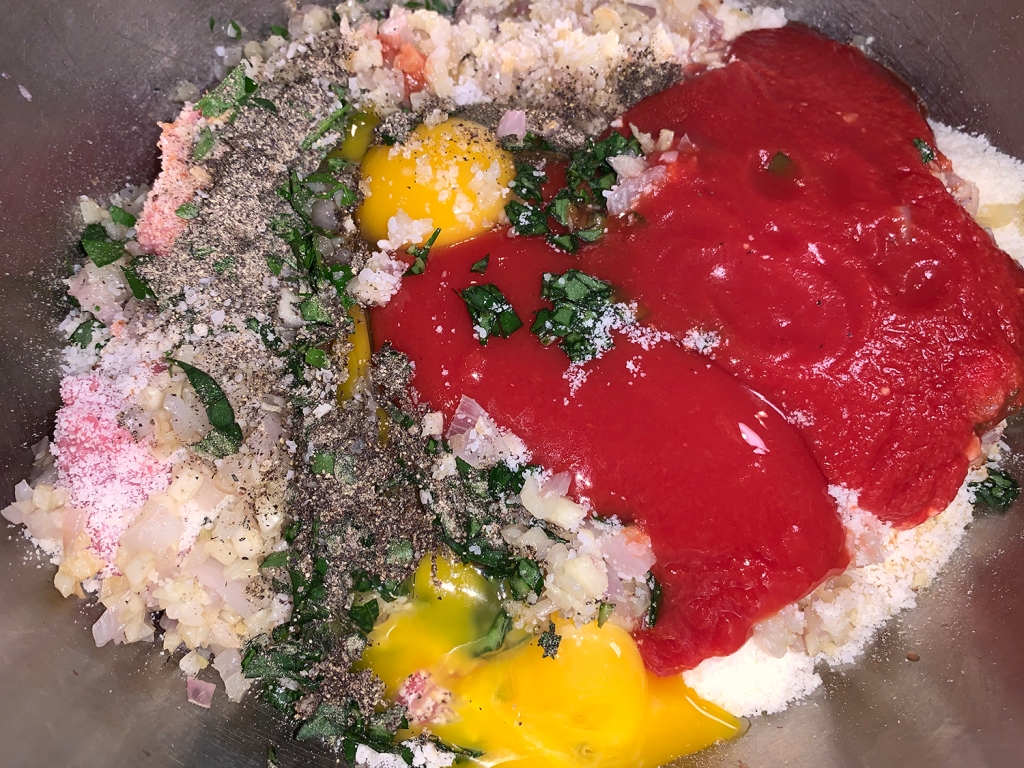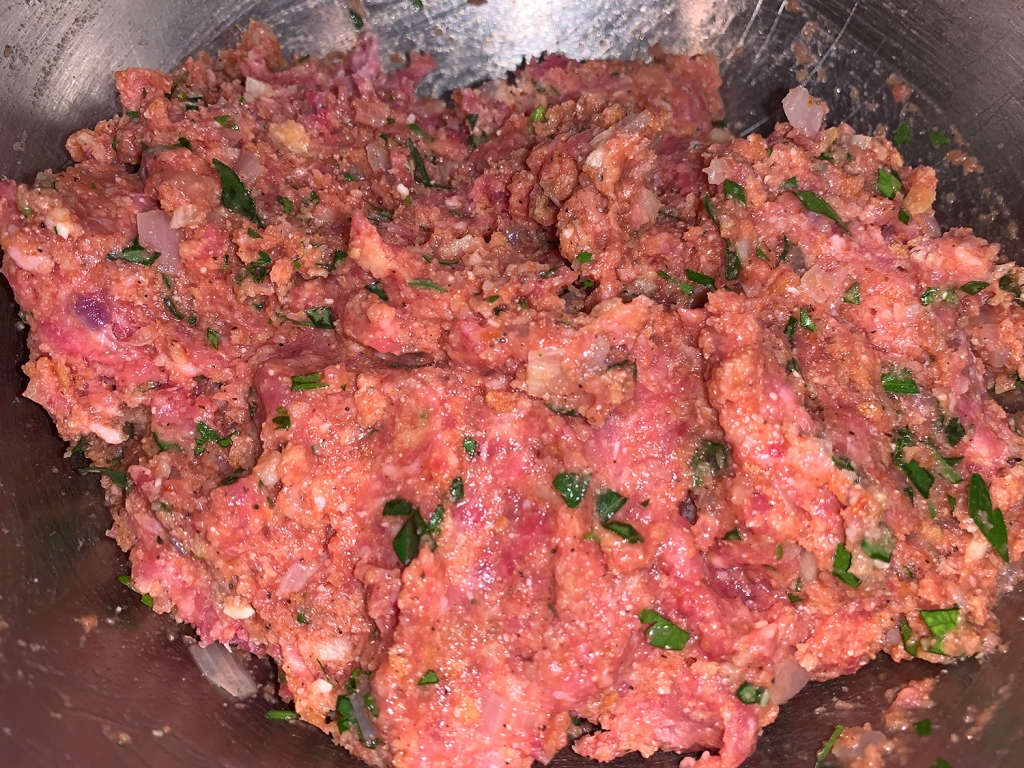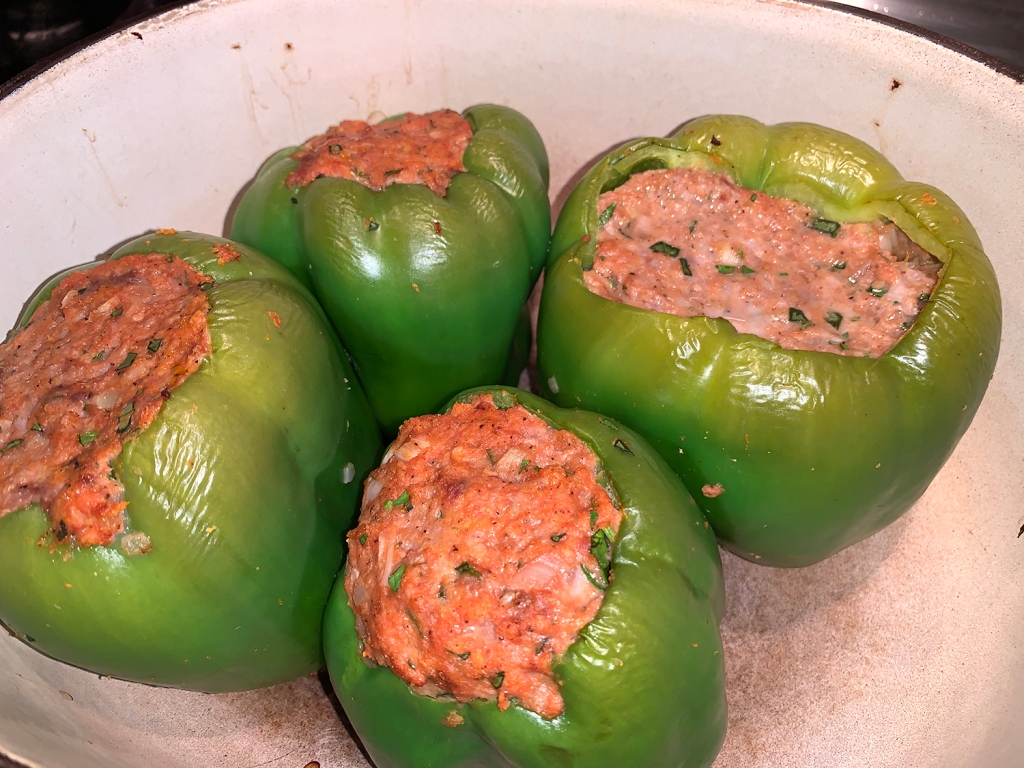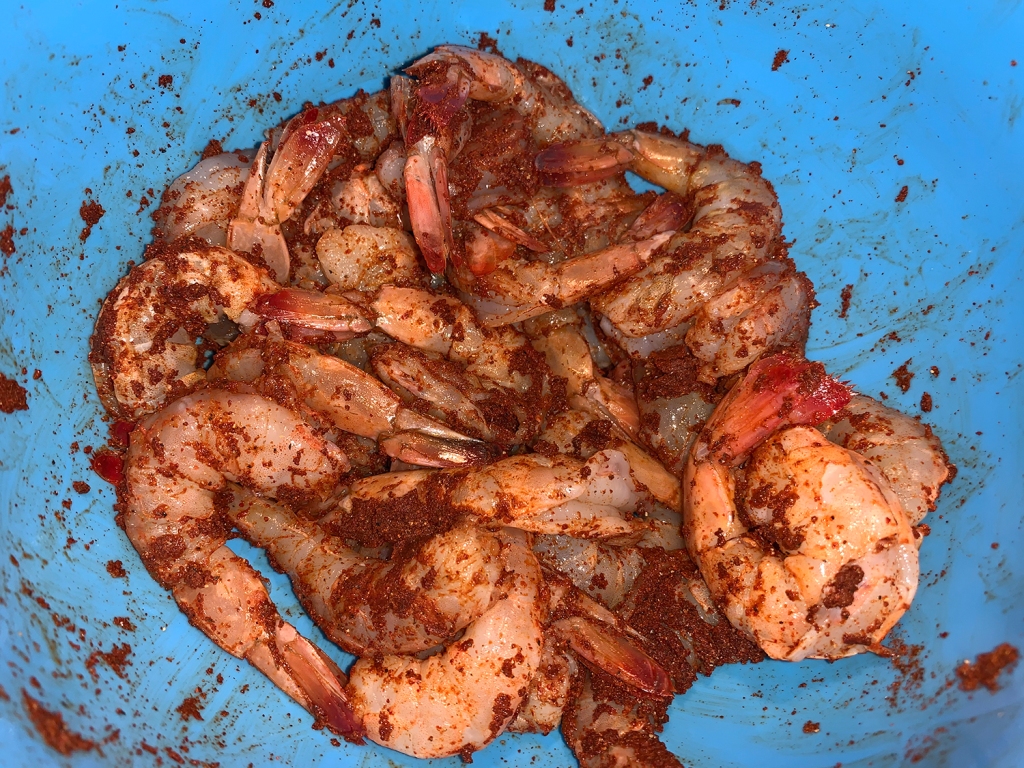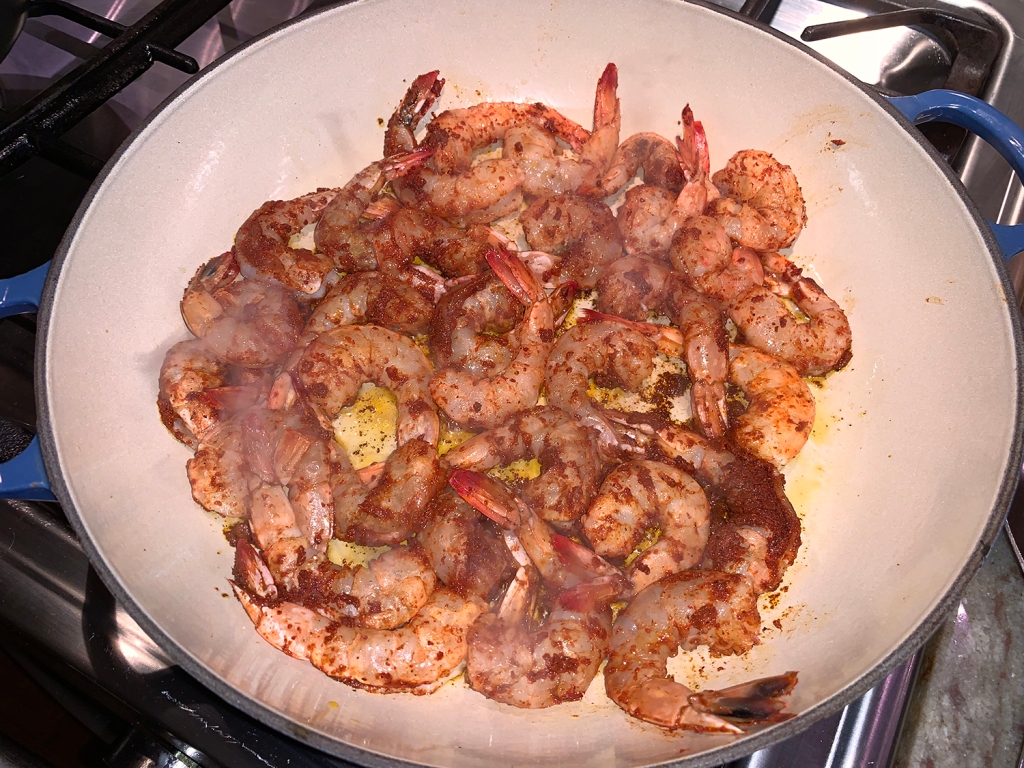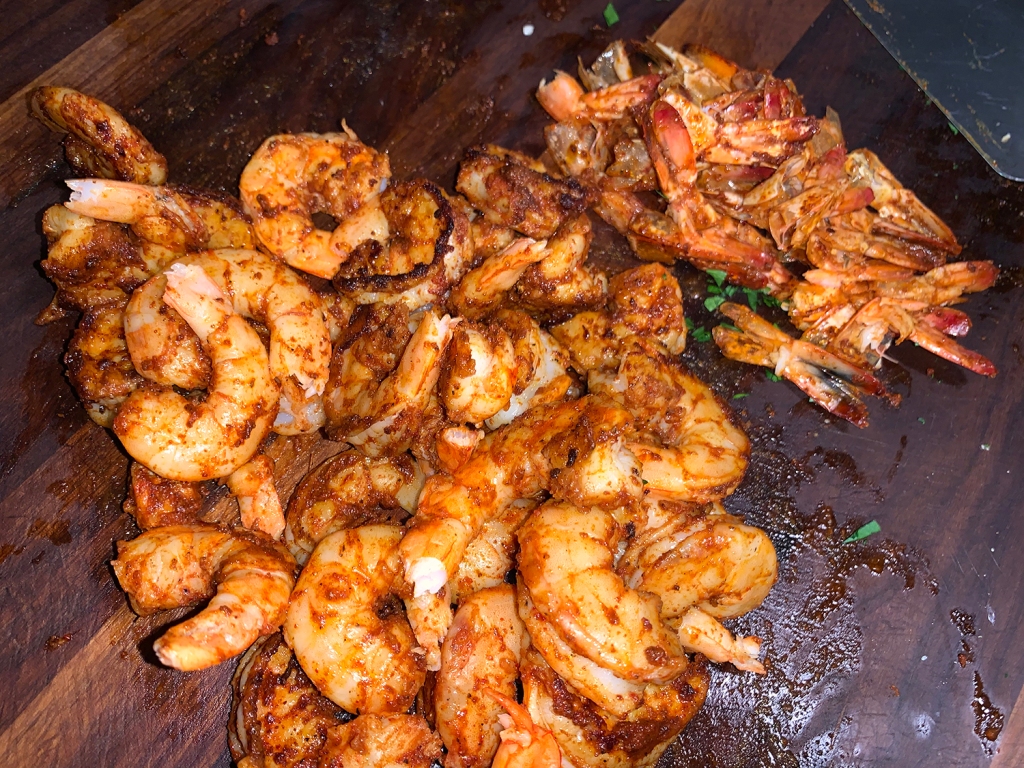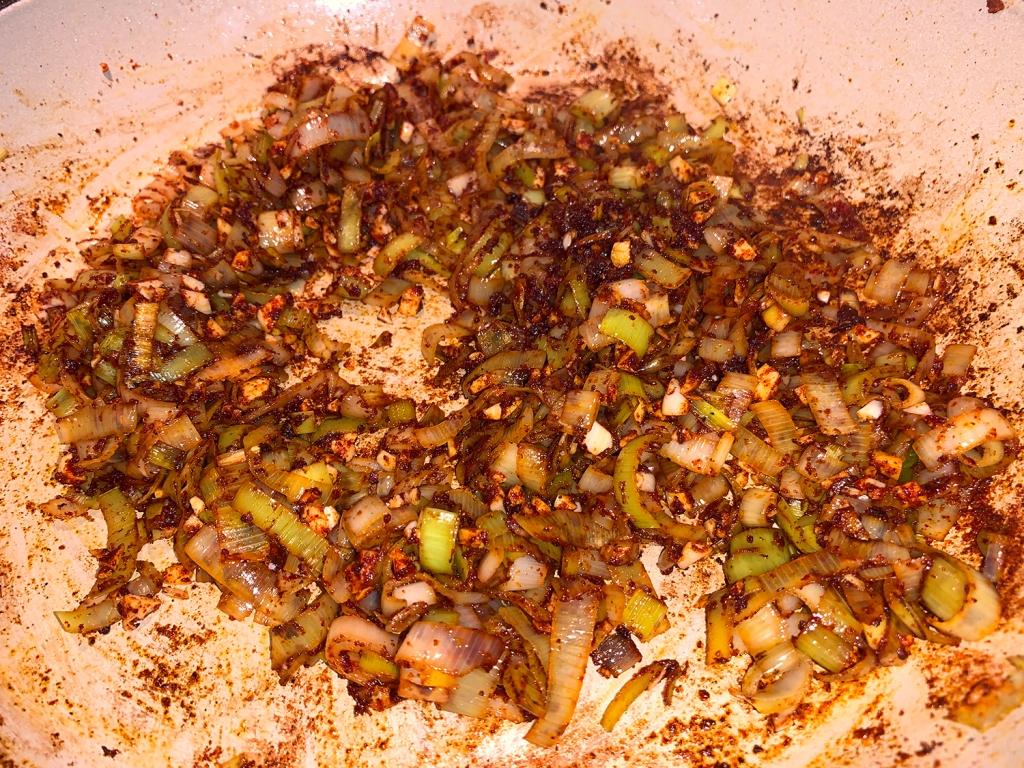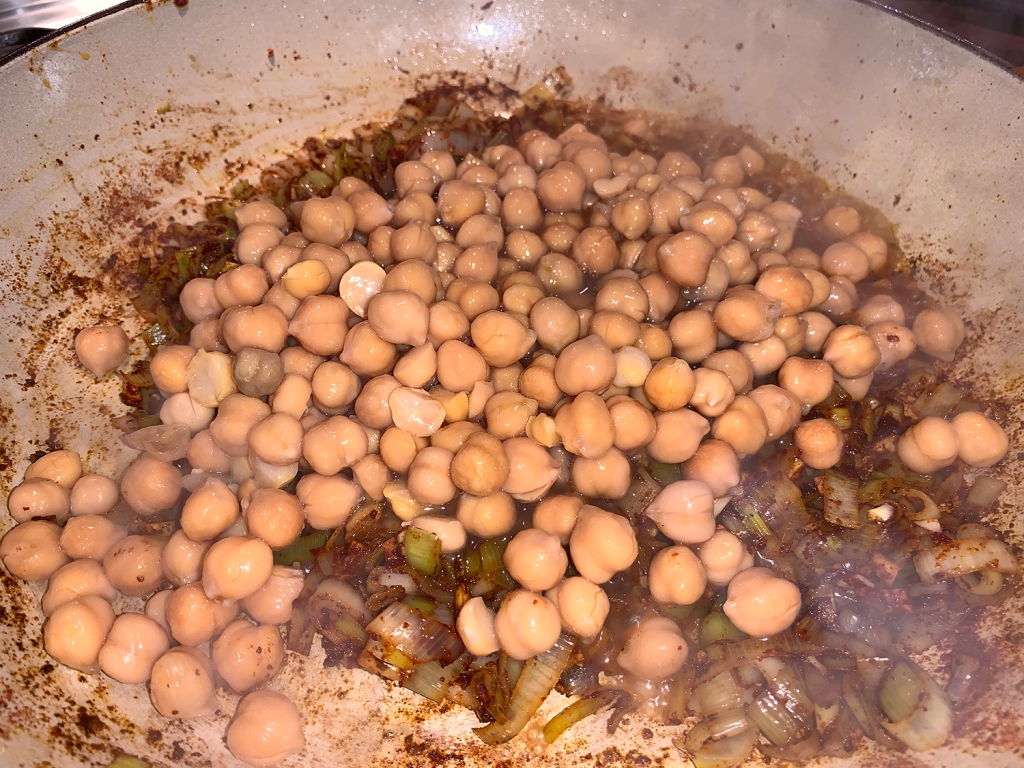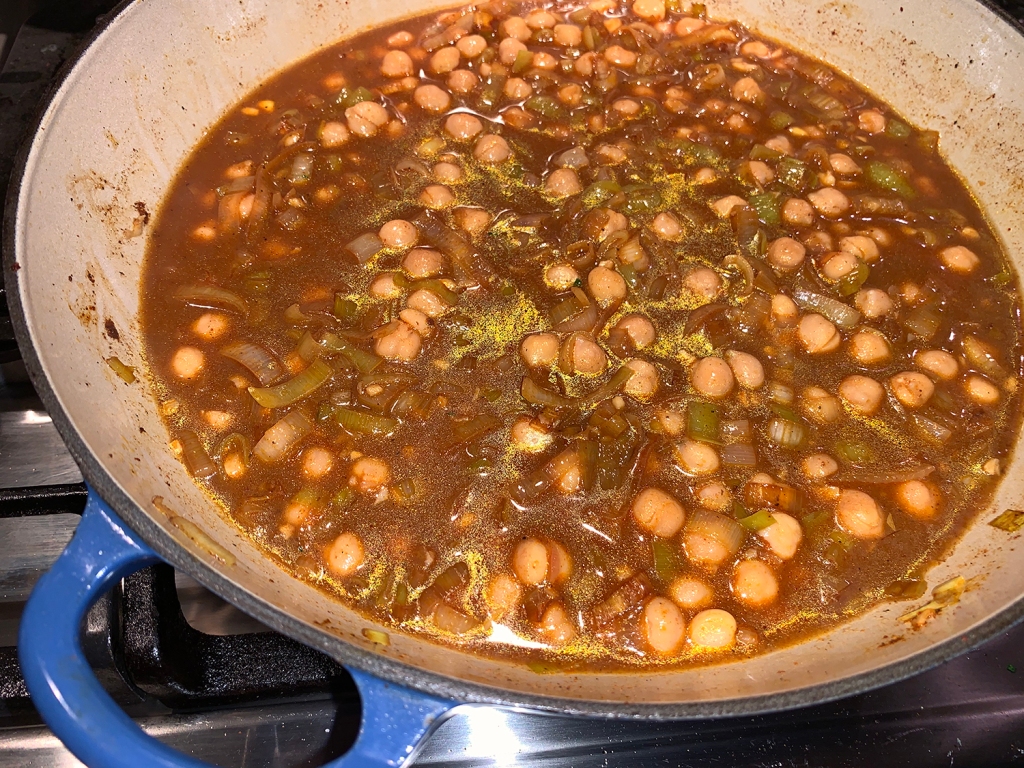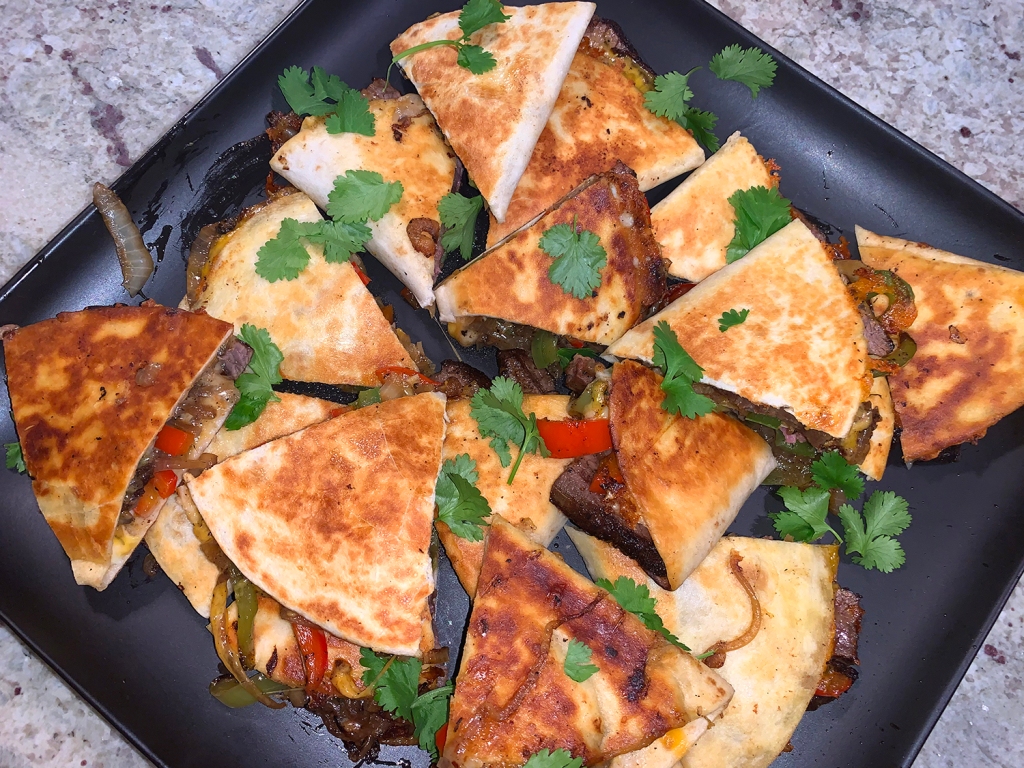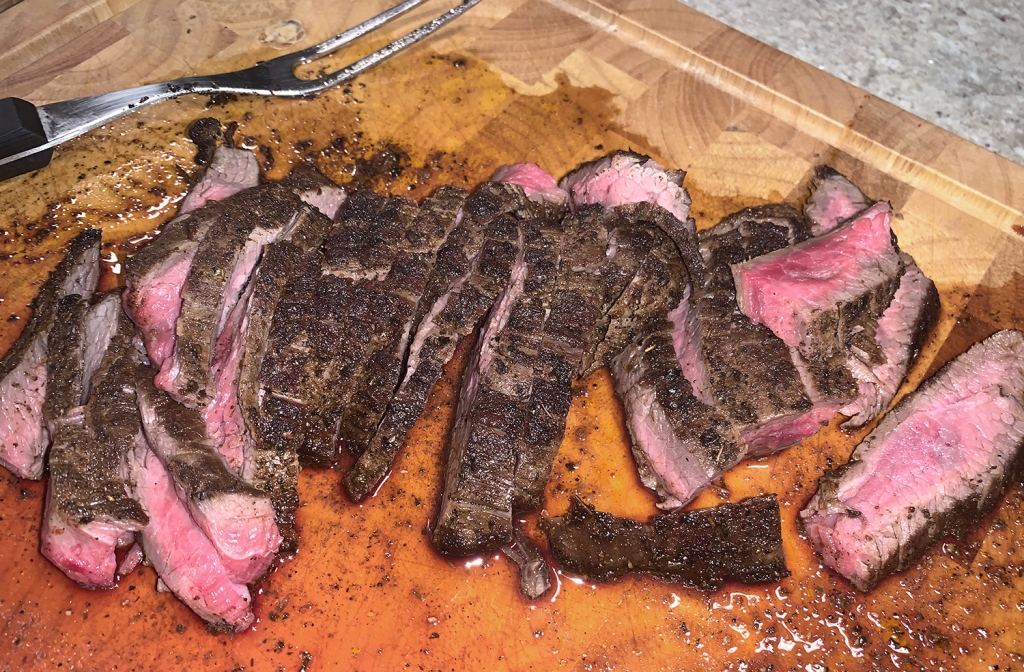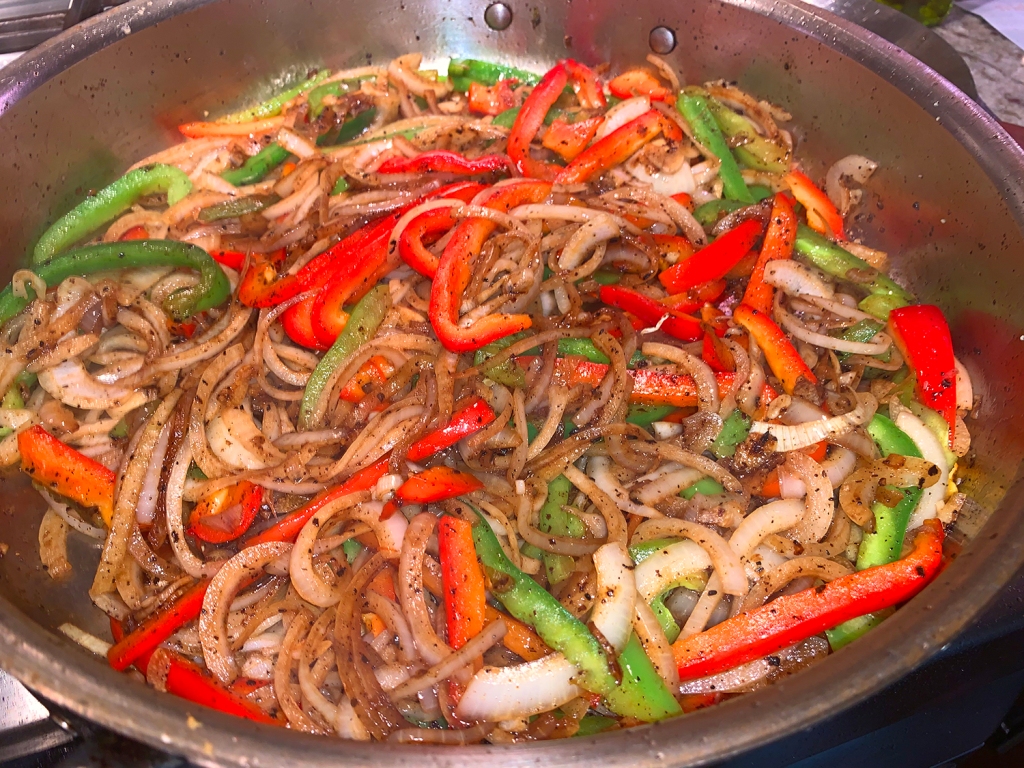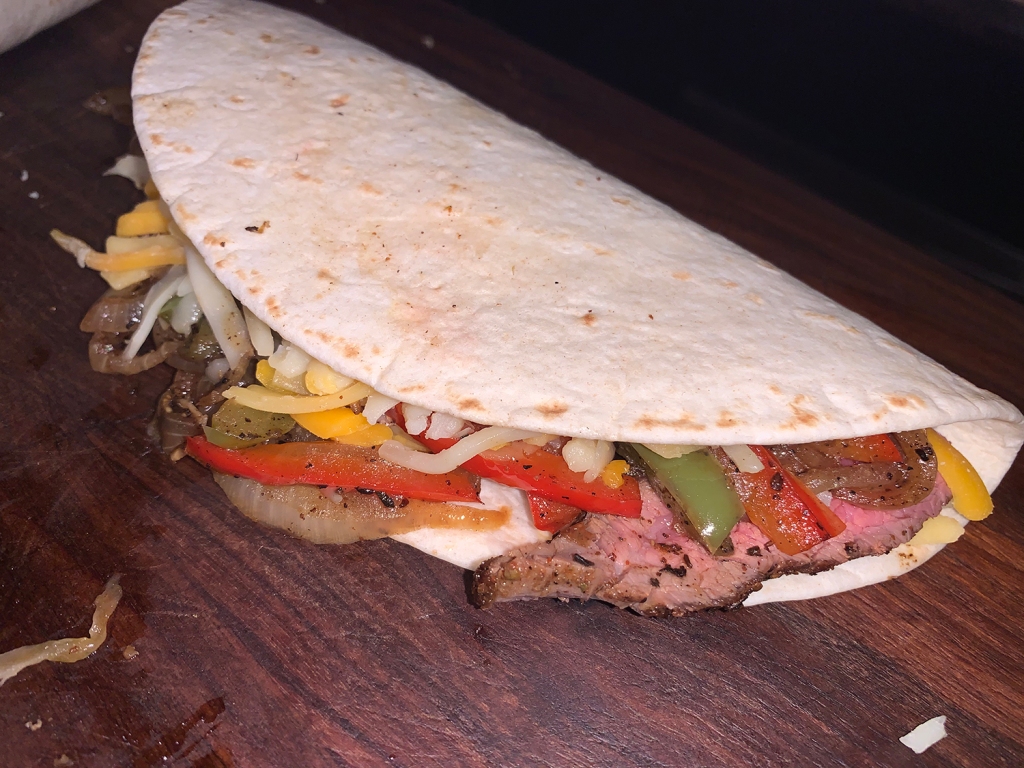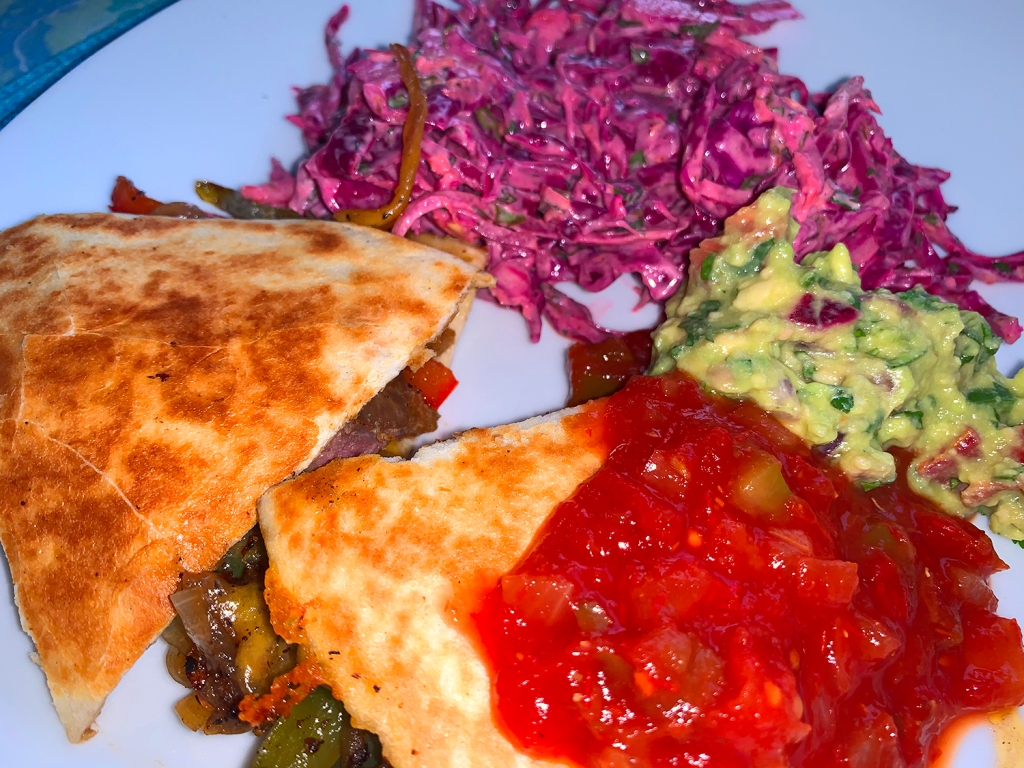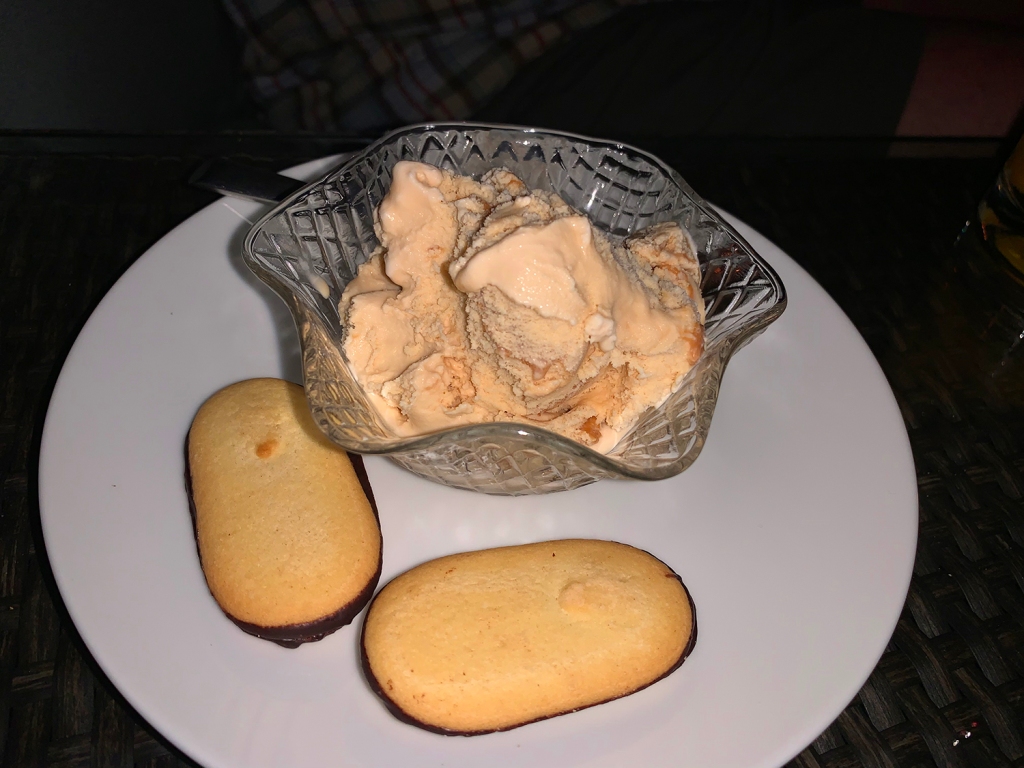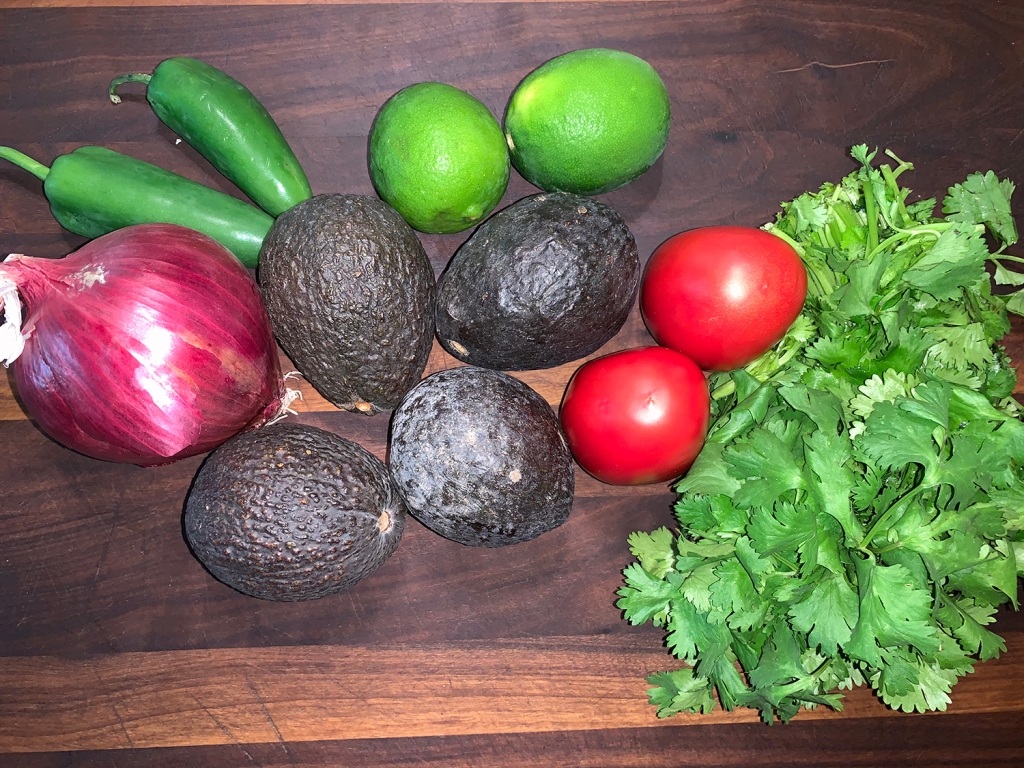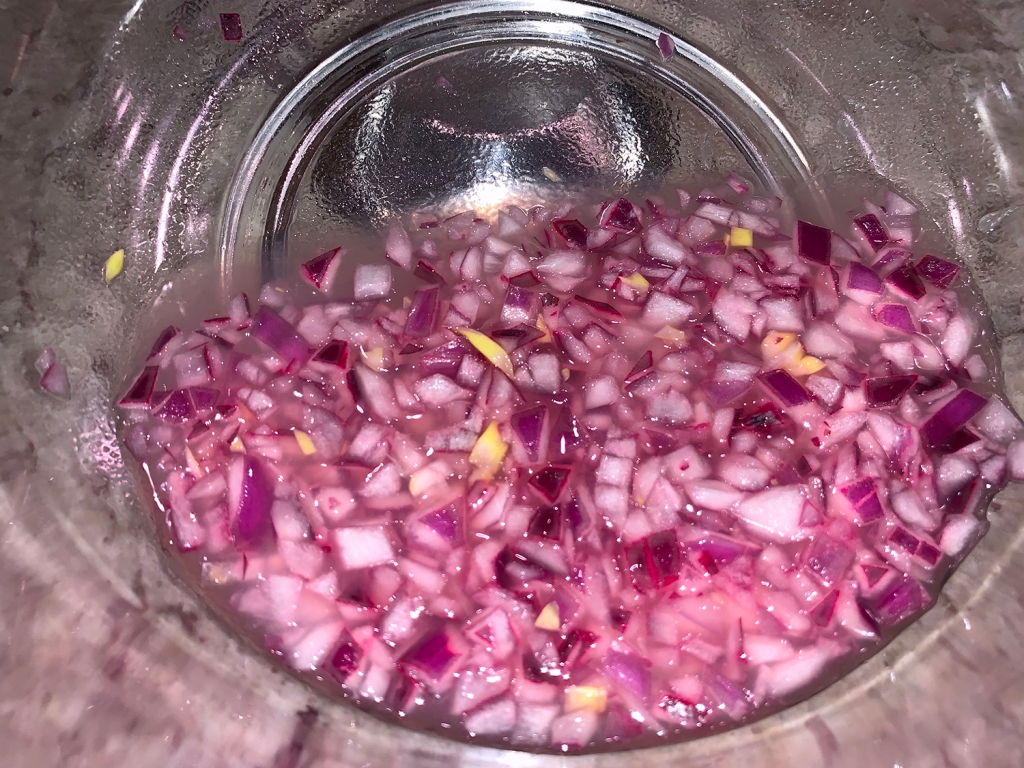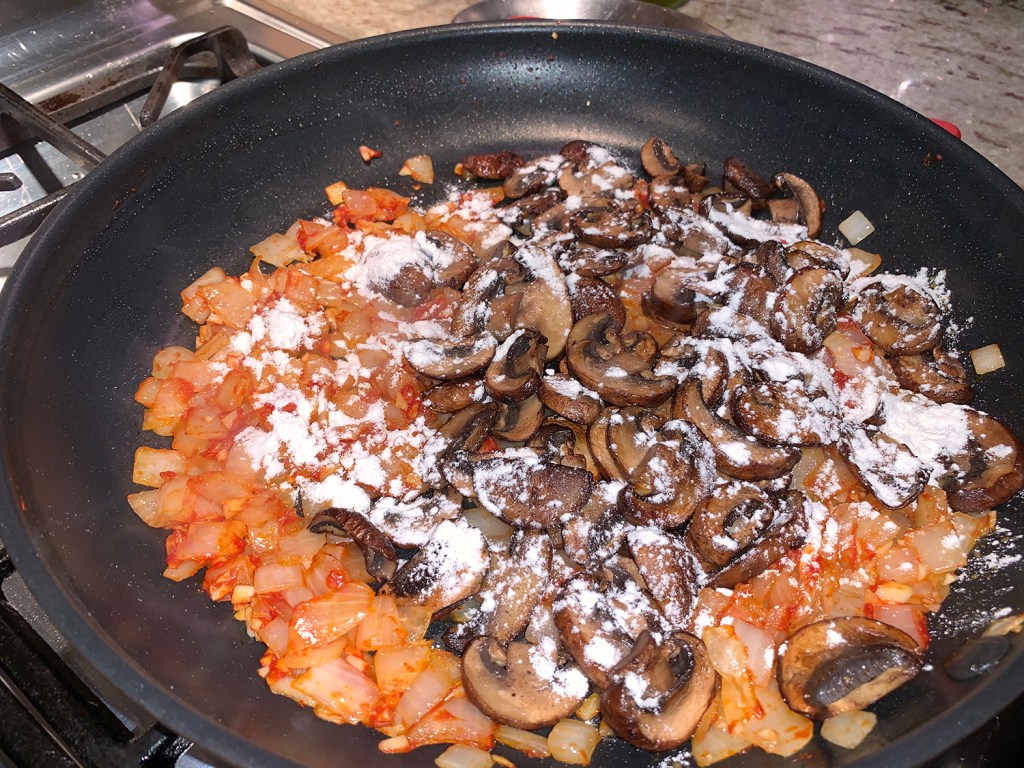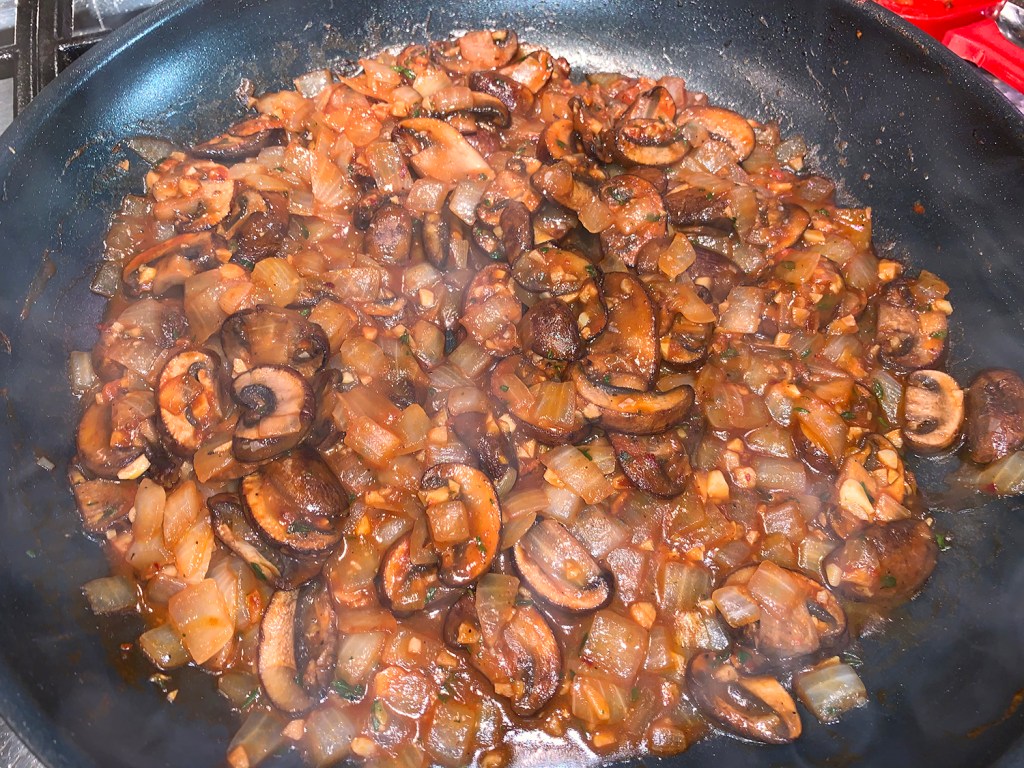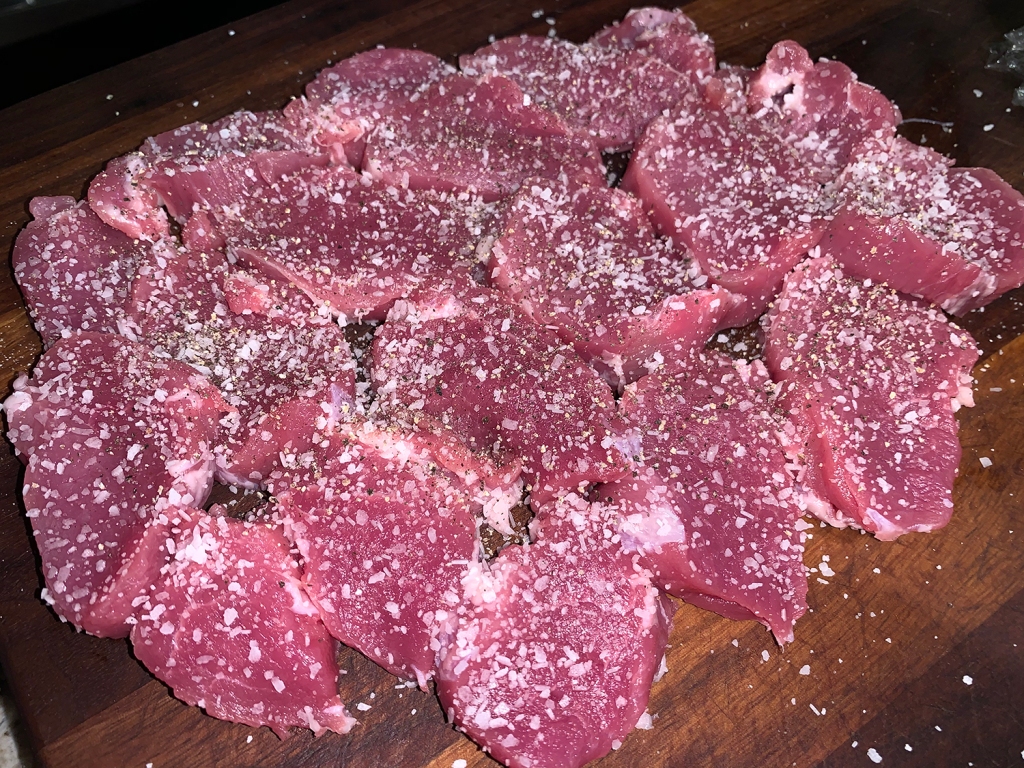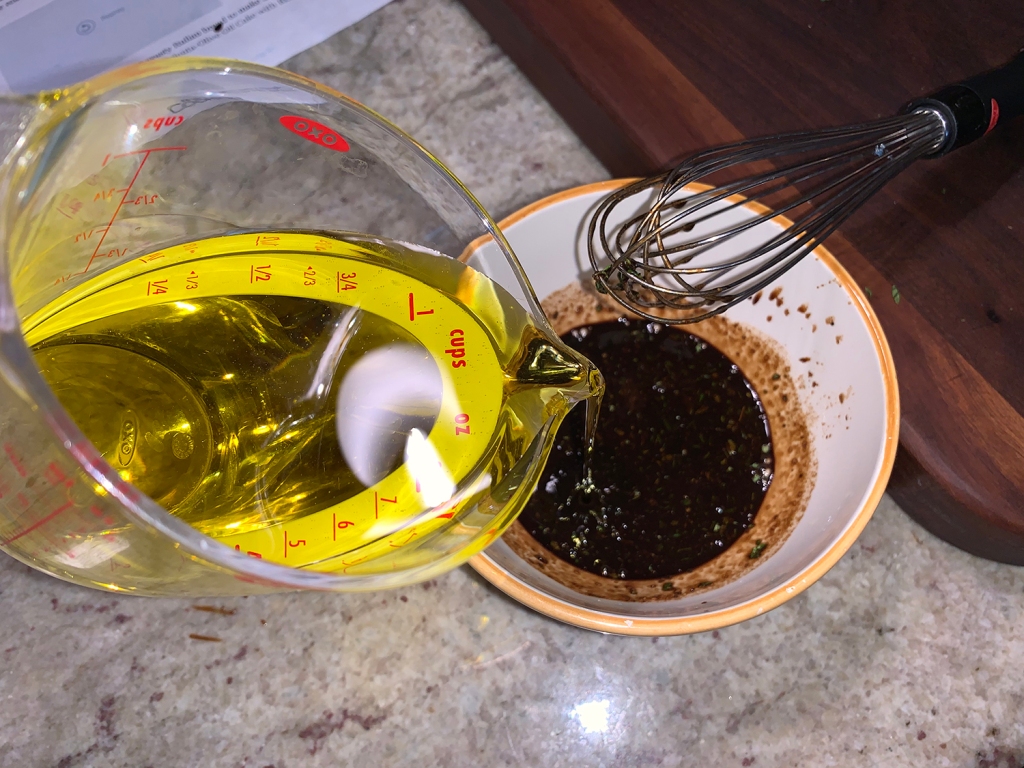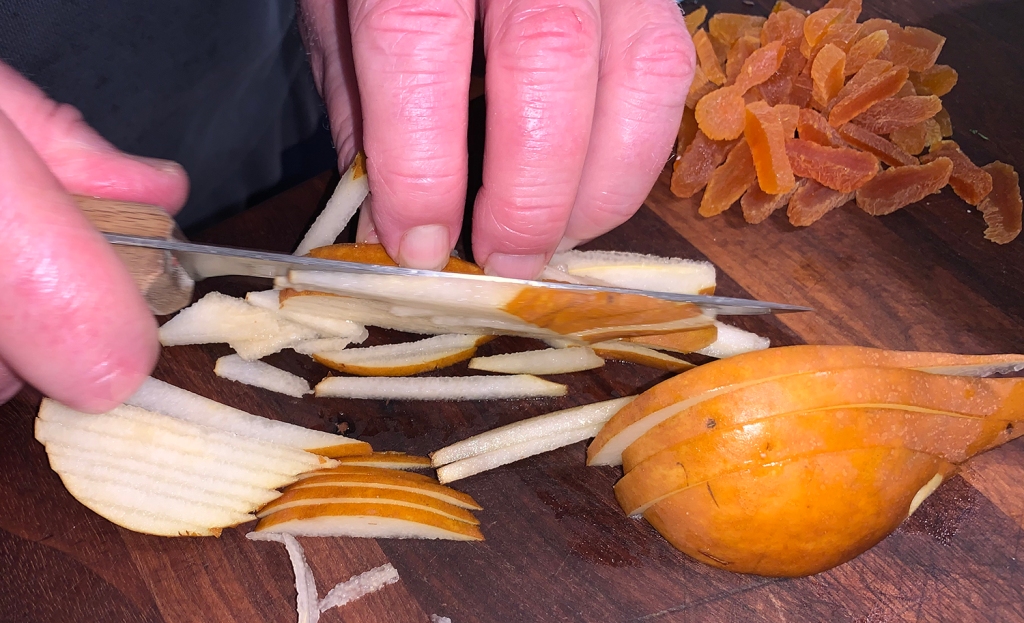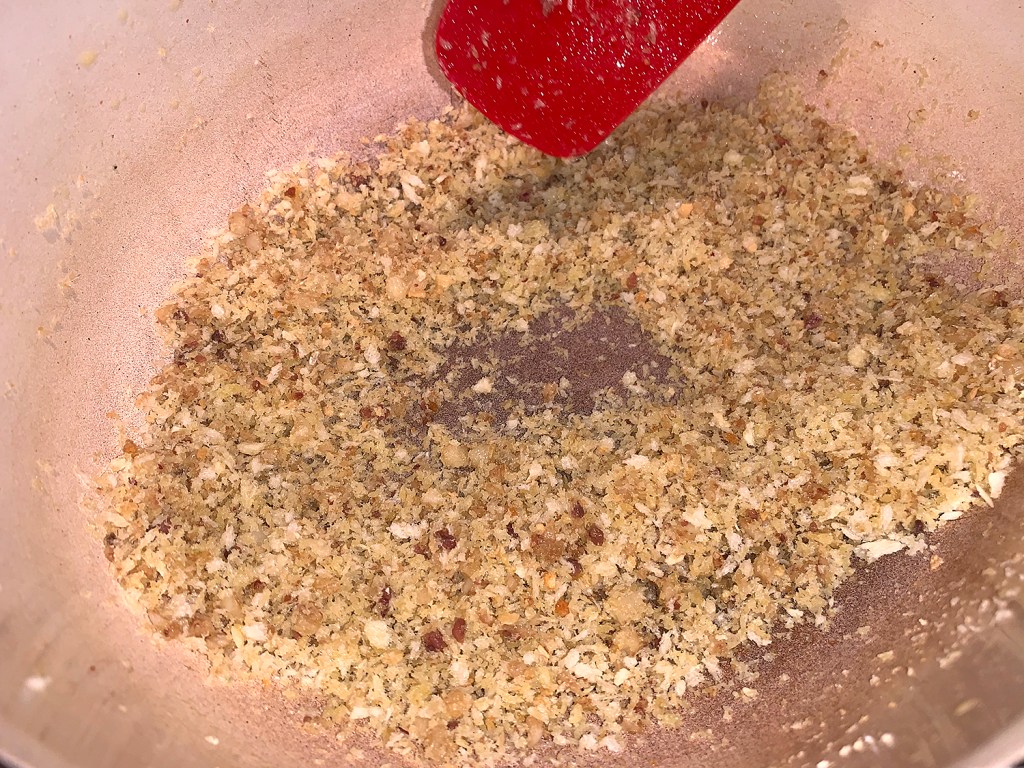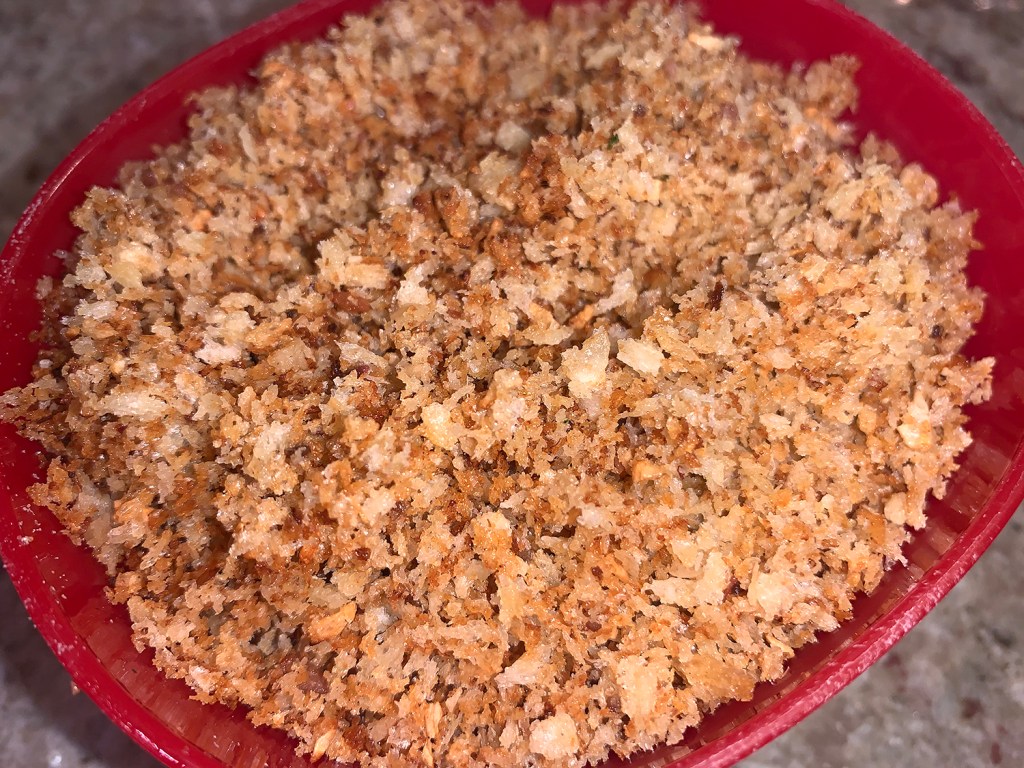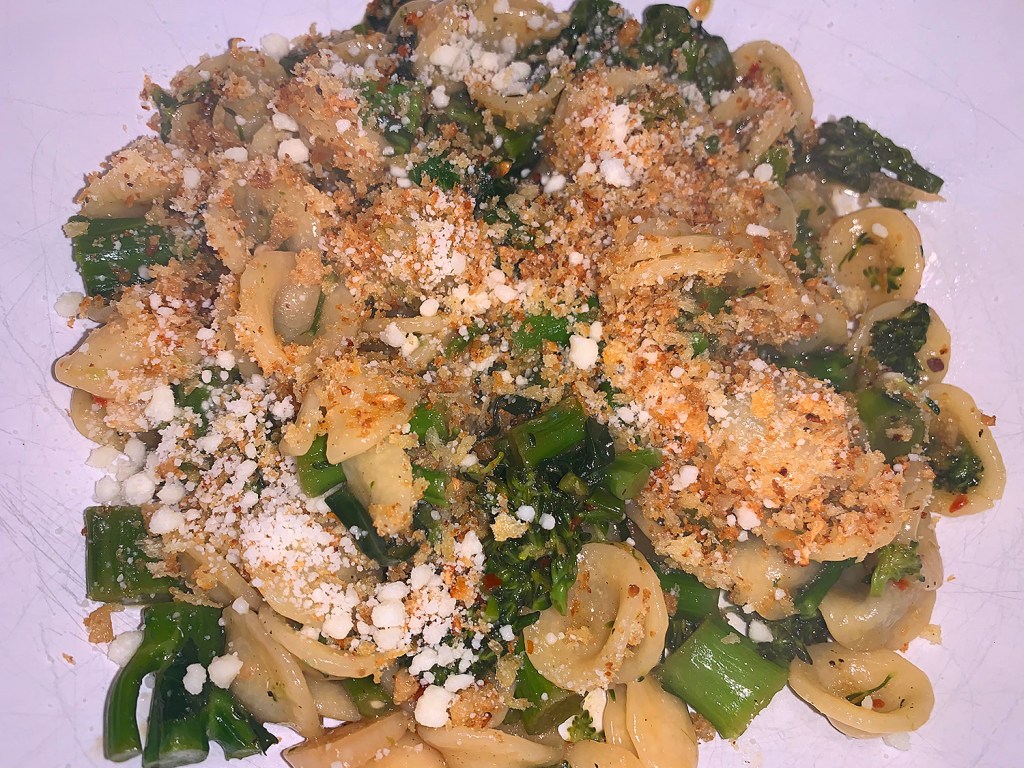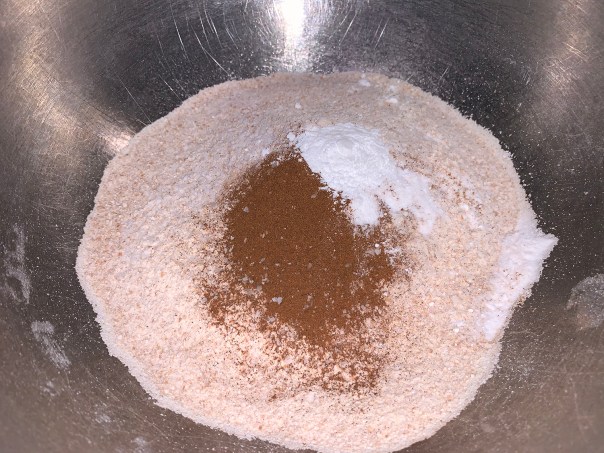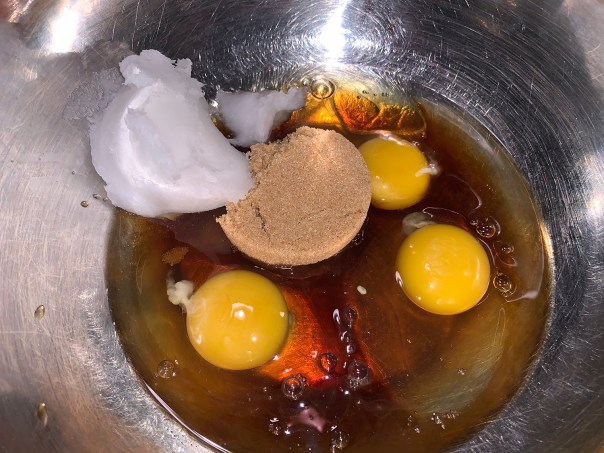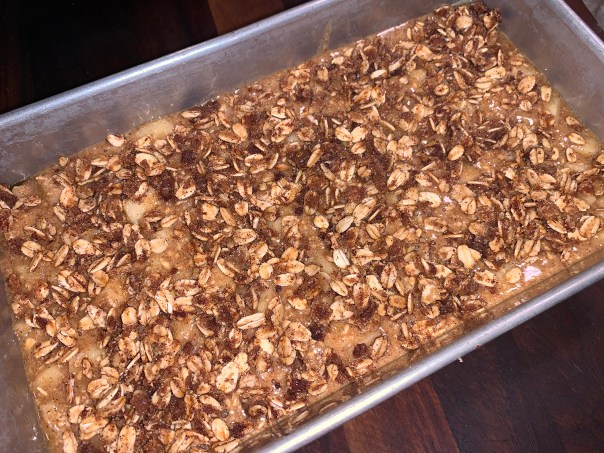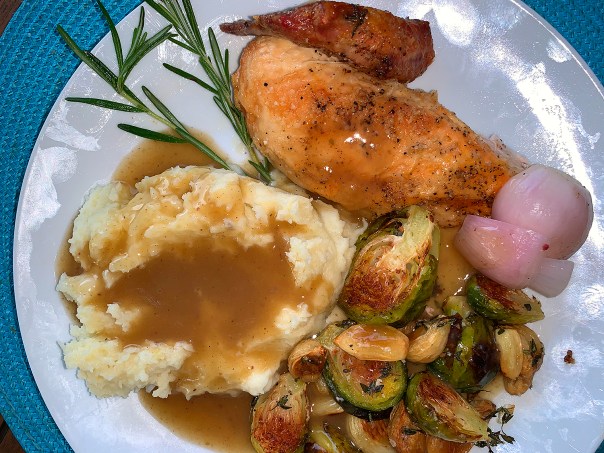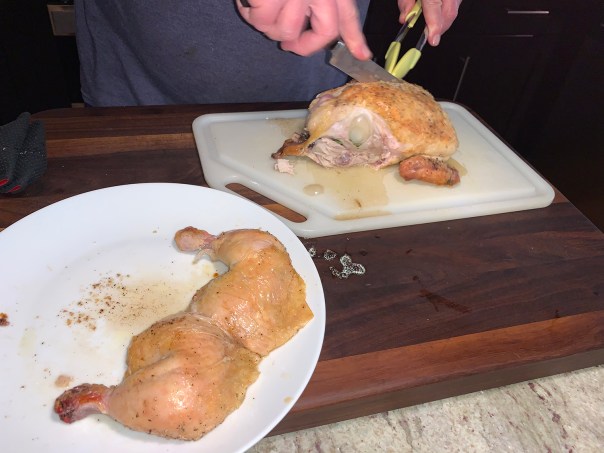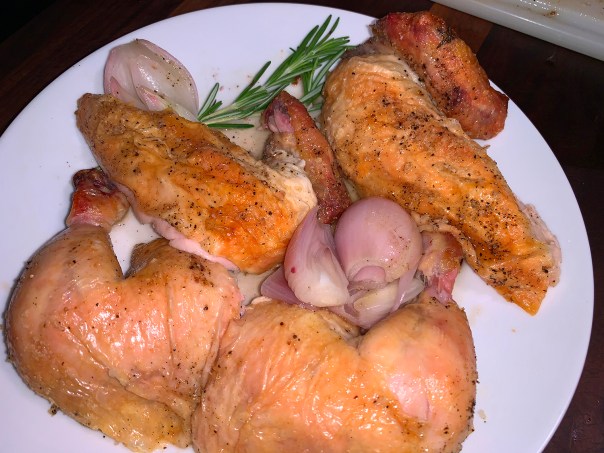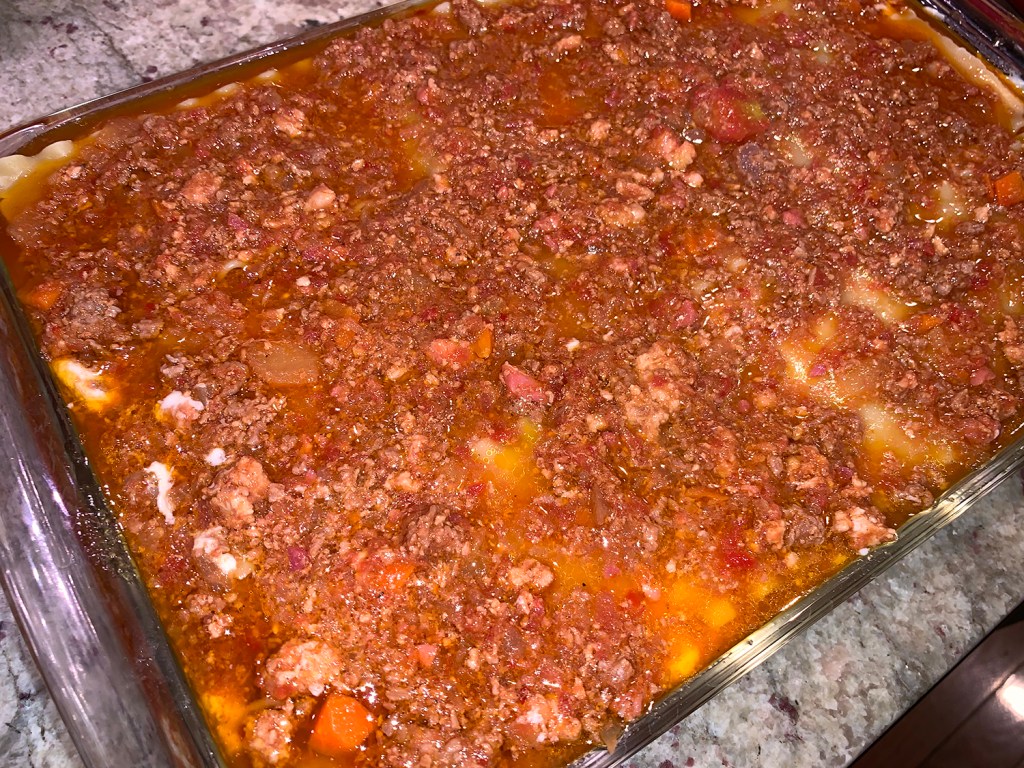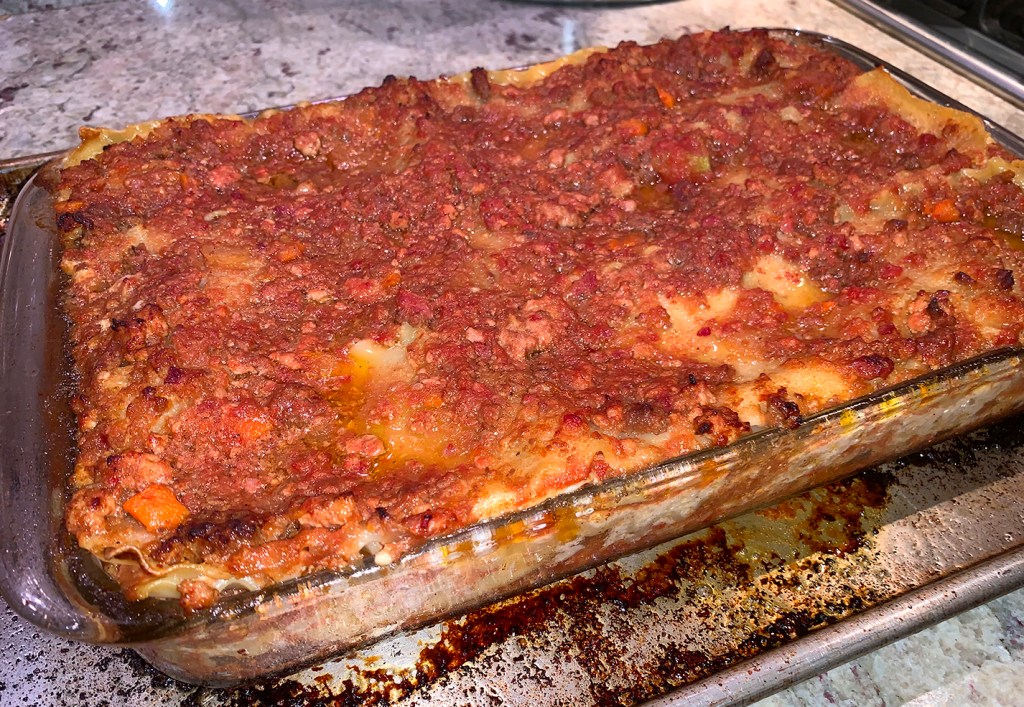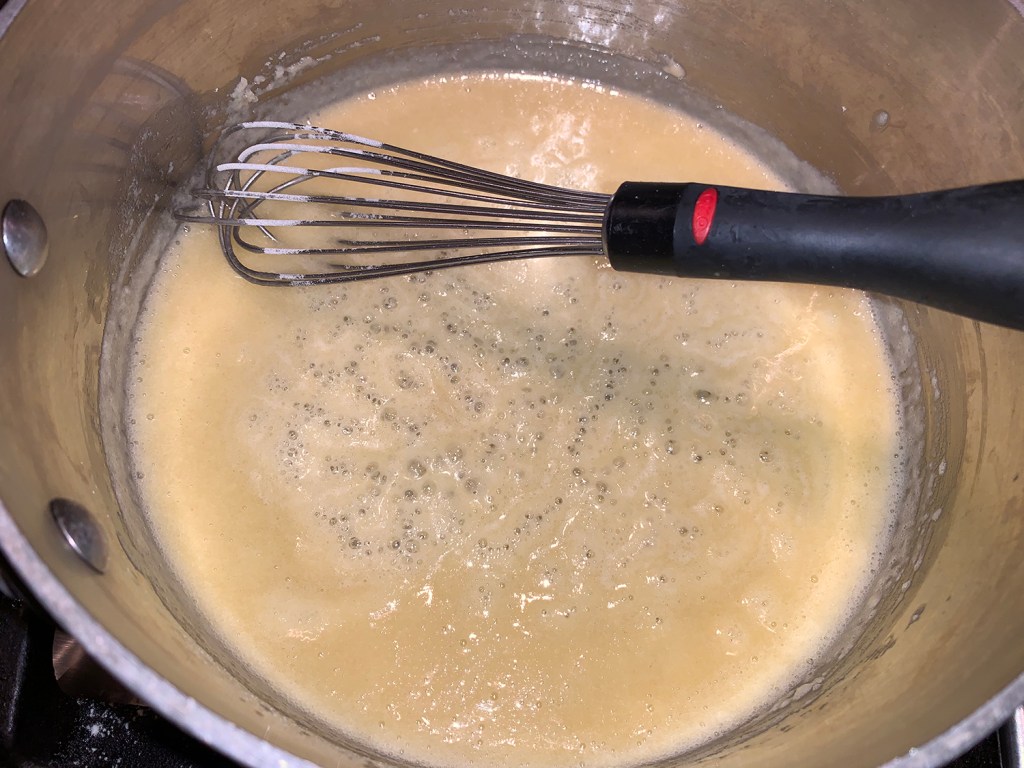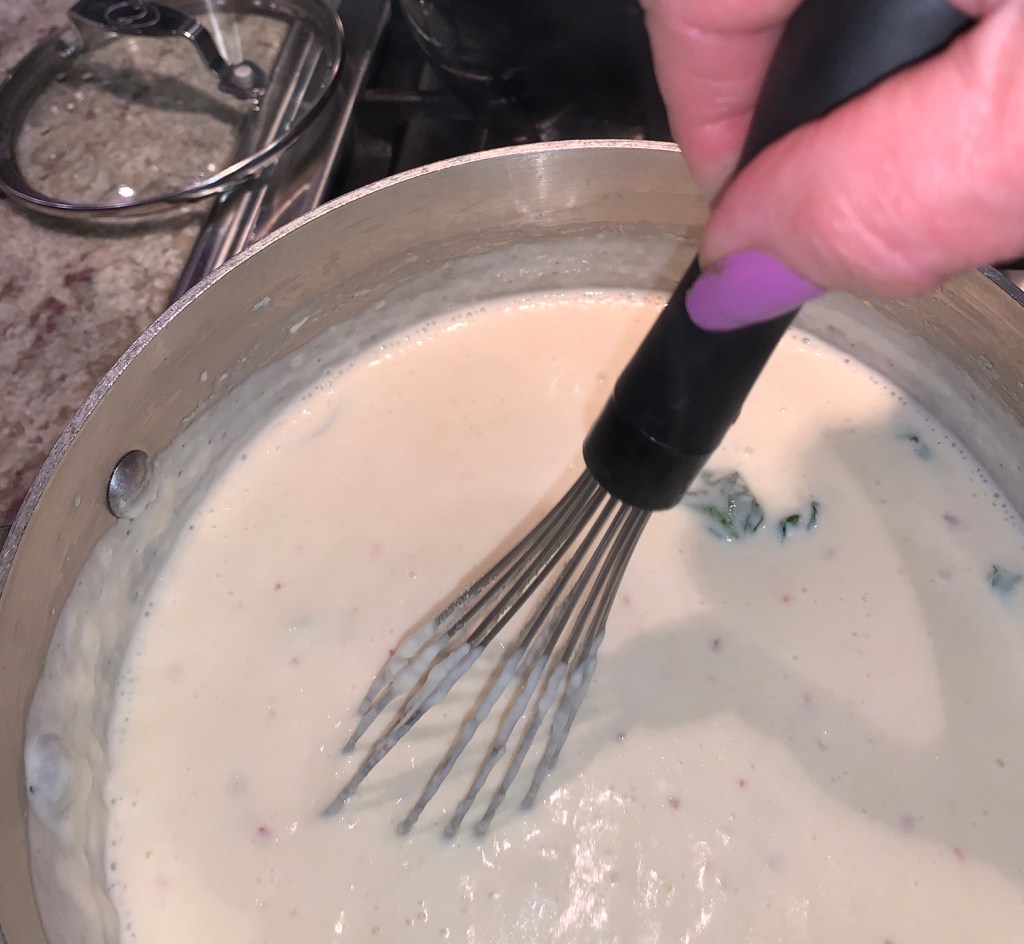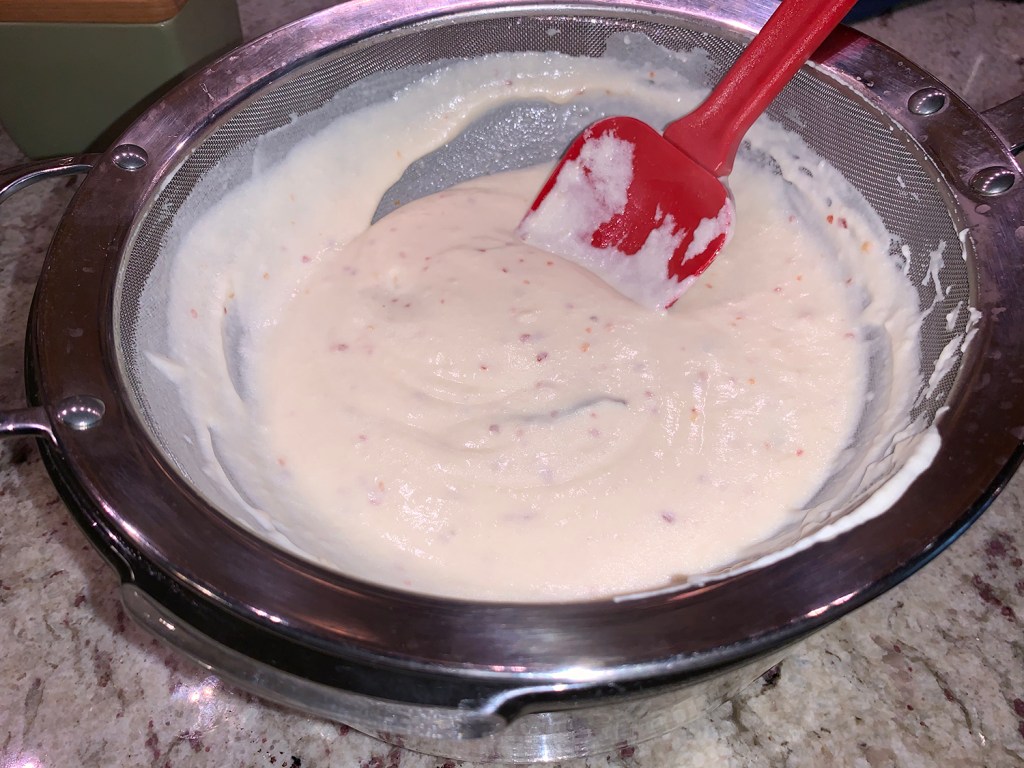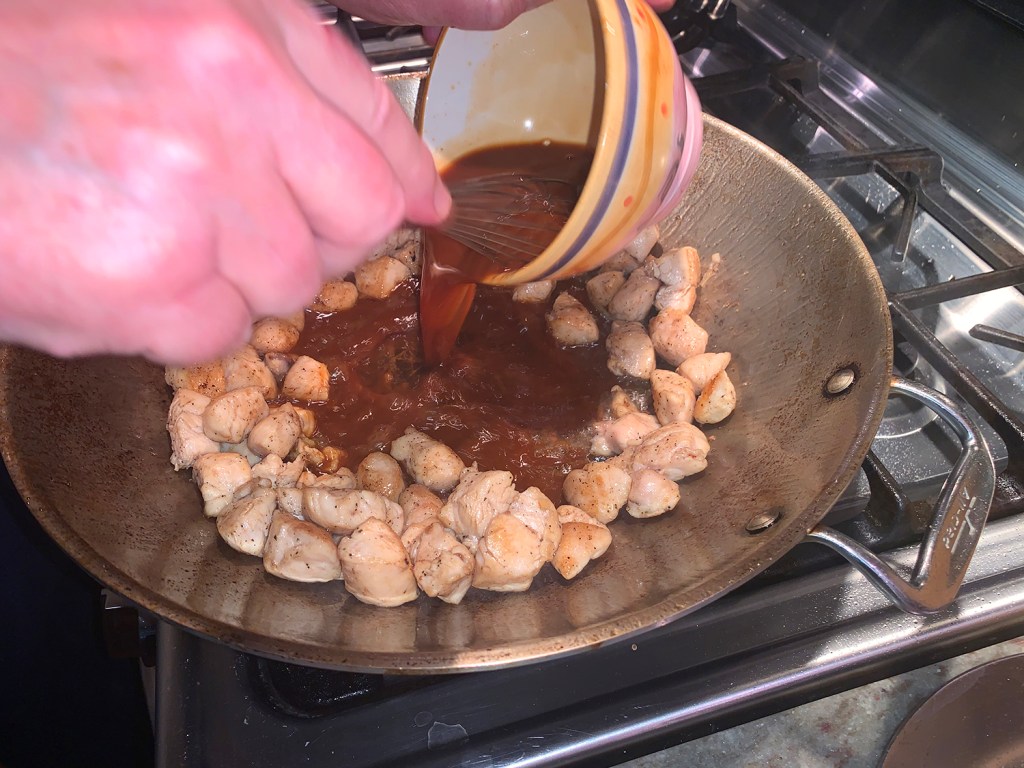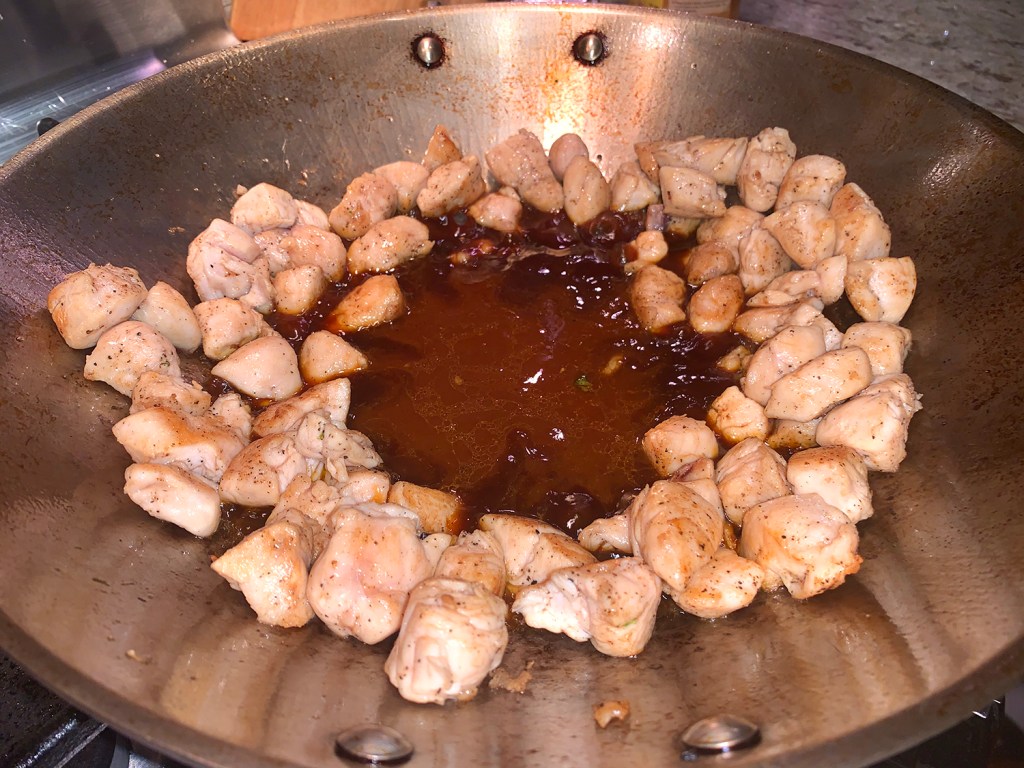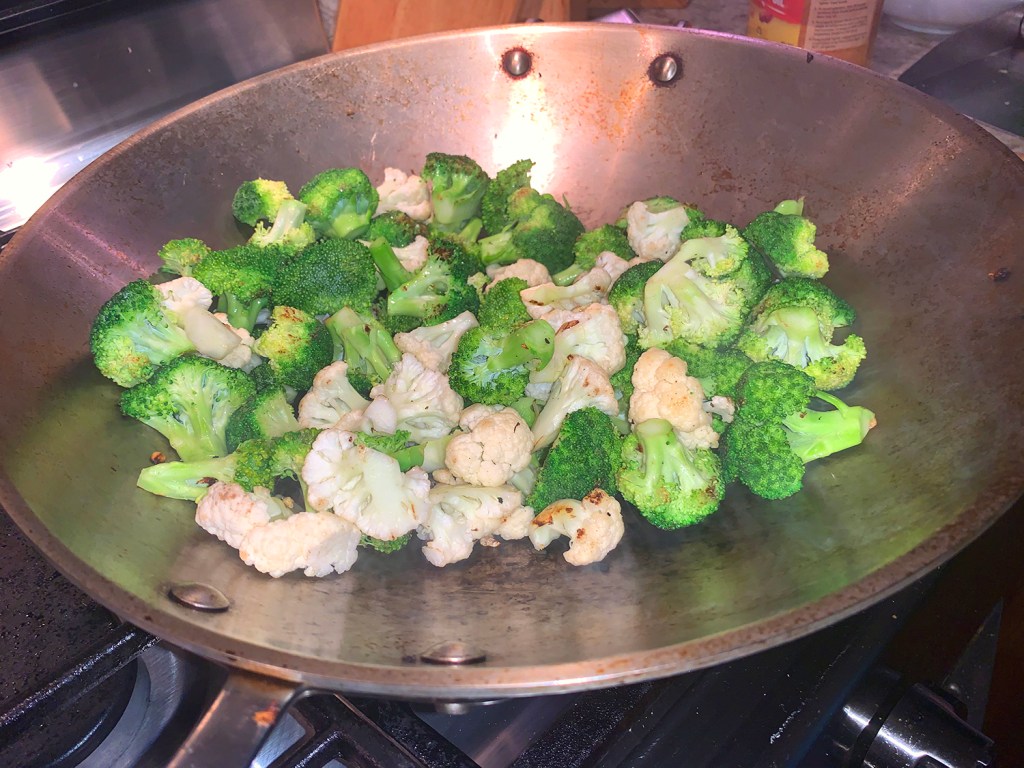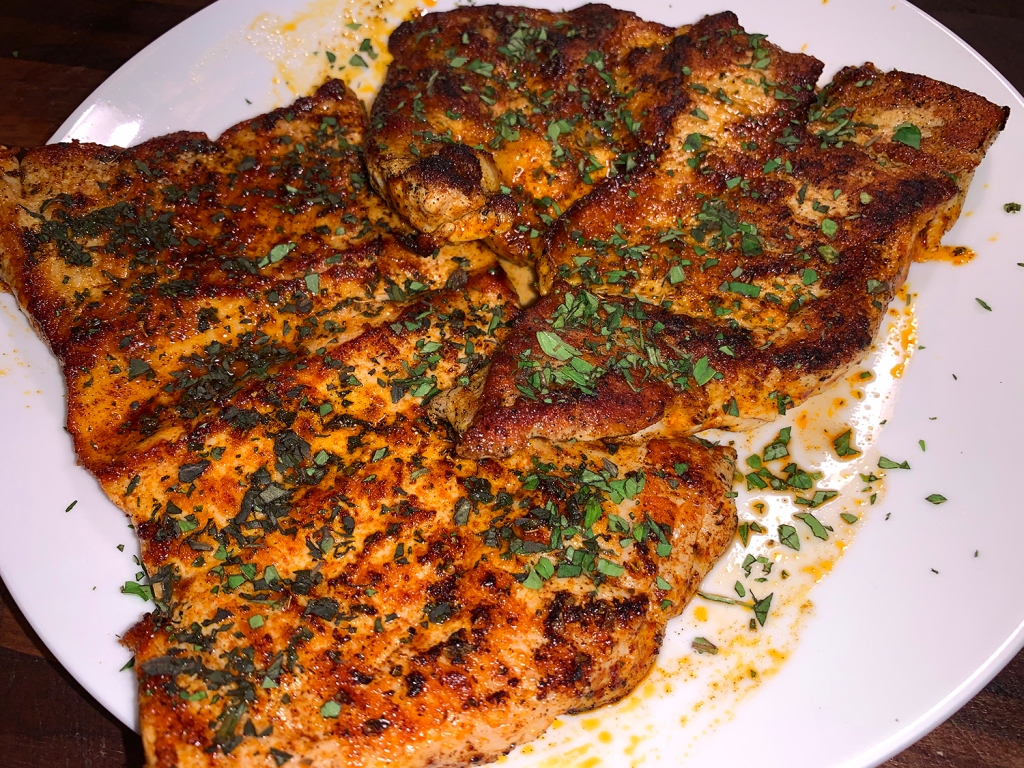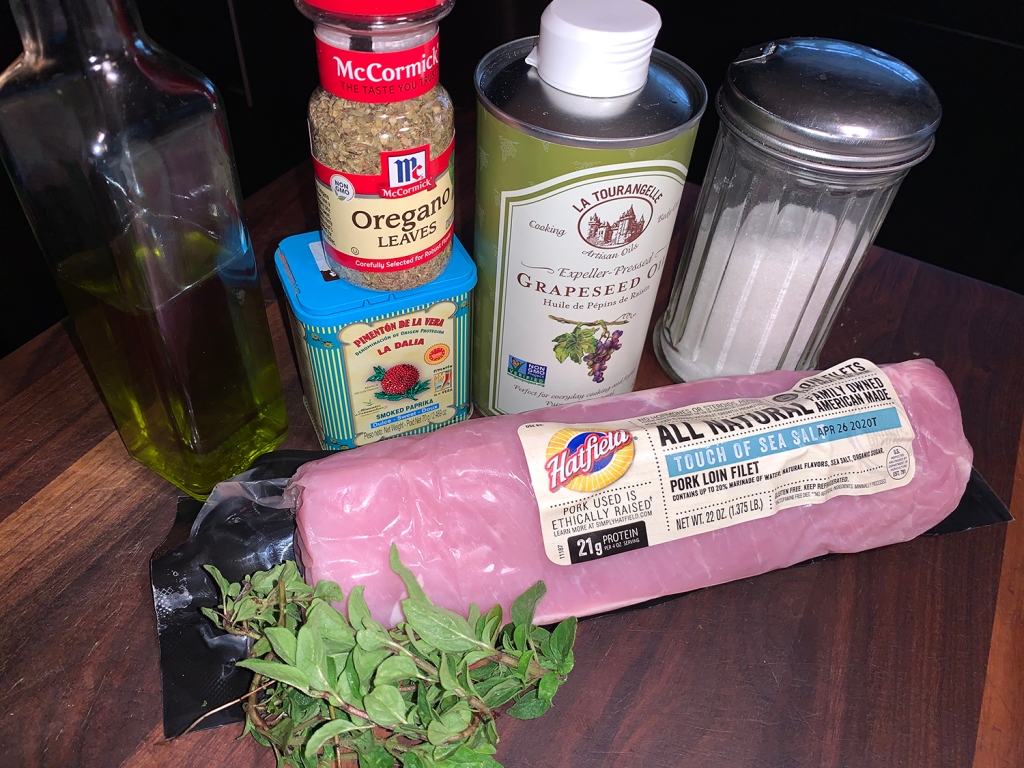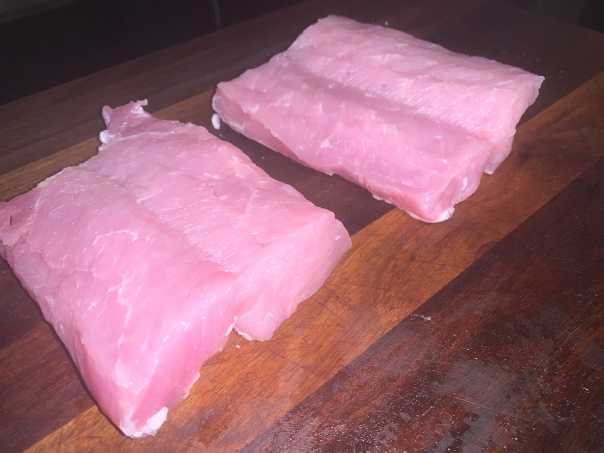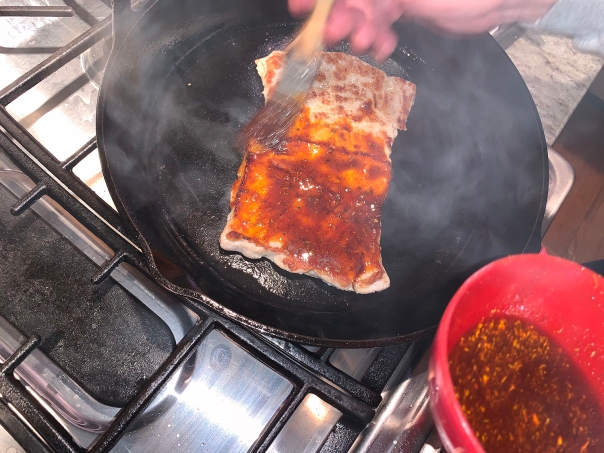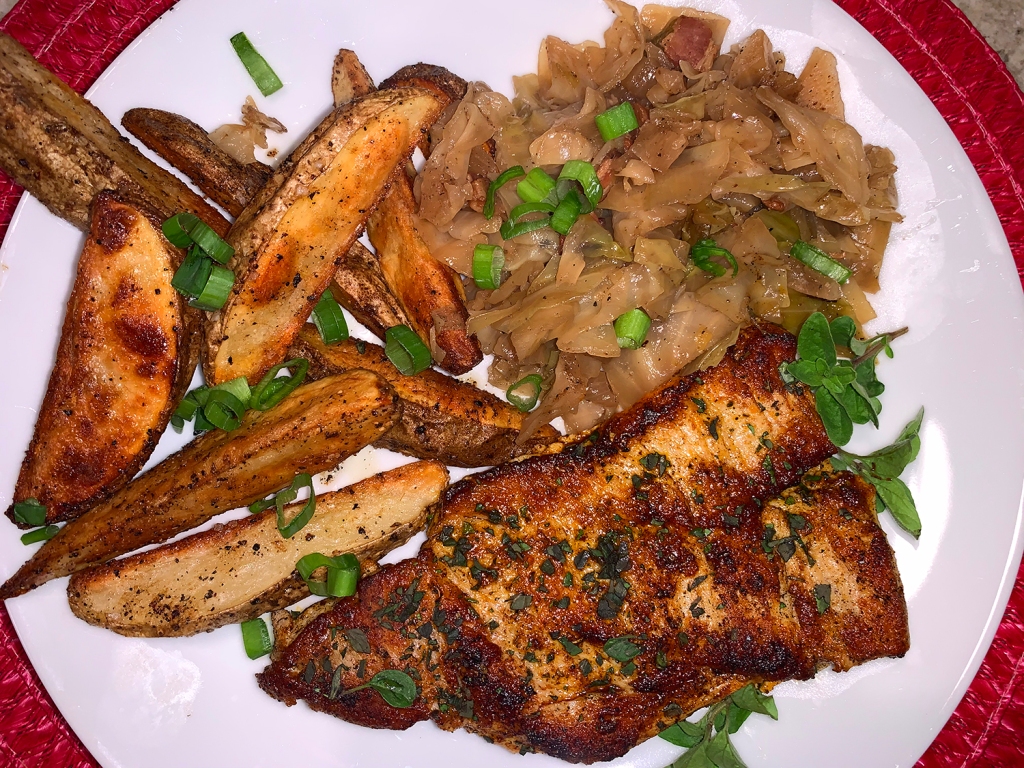As an artist, master gardener and avid cook, I was intensely curious the first time I saw some focaccia art because it bundles those three passions into one—a trifecta if you will. Then pictures started popping up all over social media, especially Pinterest. I knew I had to jump on that bandwagon. And I did, finally…
This classic focaccia bread recipe* is compliments of Bon Appétit. Their focaccia has a moist but airy crumb sandwiched between thin but ultra-crunchy top and bottom crusts, thanks to a generous amount of olive oil in the pan and on top of the dough. It’s a bit of a messy process, and a long one, but worth it if you’re looking for a WOW factor.

My garden was brimming with fresh herbs, with the chives in full bloom of stunning light purple globular flowers. What I did learn however, even though they were brushed with oil, they still did burn in 450° hot oven. Not to be dissuaded, I just snipped a few more fresh blooms, made a hole in the dough with a thick toothpick, and stuck them in afterward. The burnt ones look like they are in the background, with the fresh blooms coming forward, adding depth to the visuals.
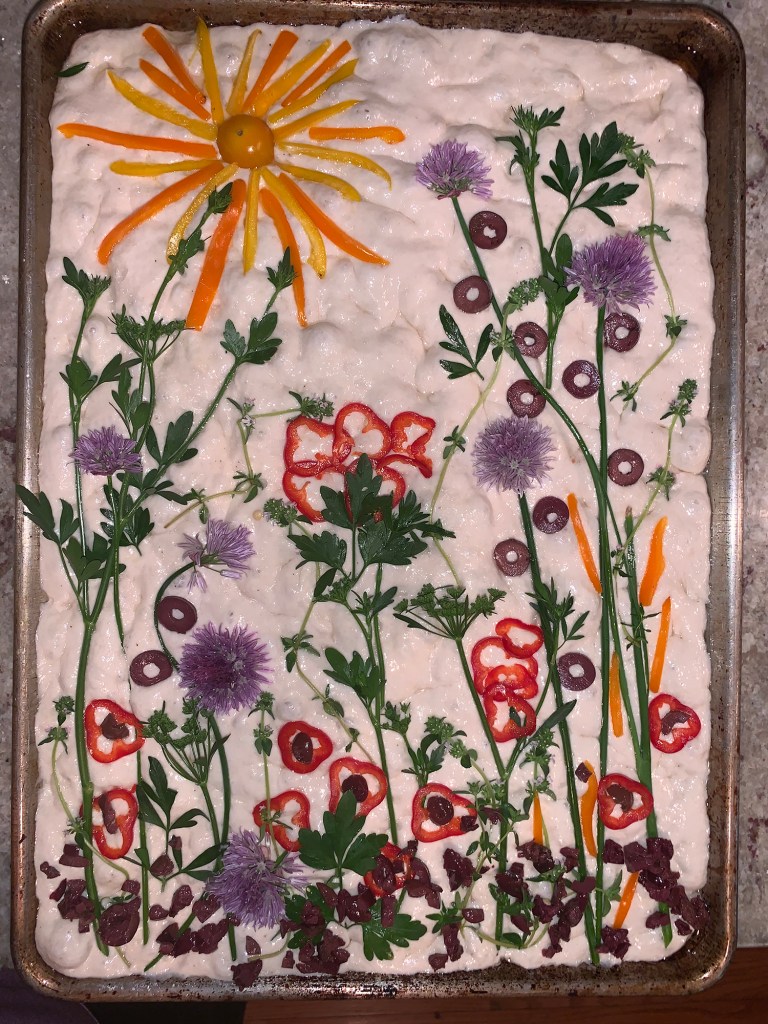
The chives blossom before baking 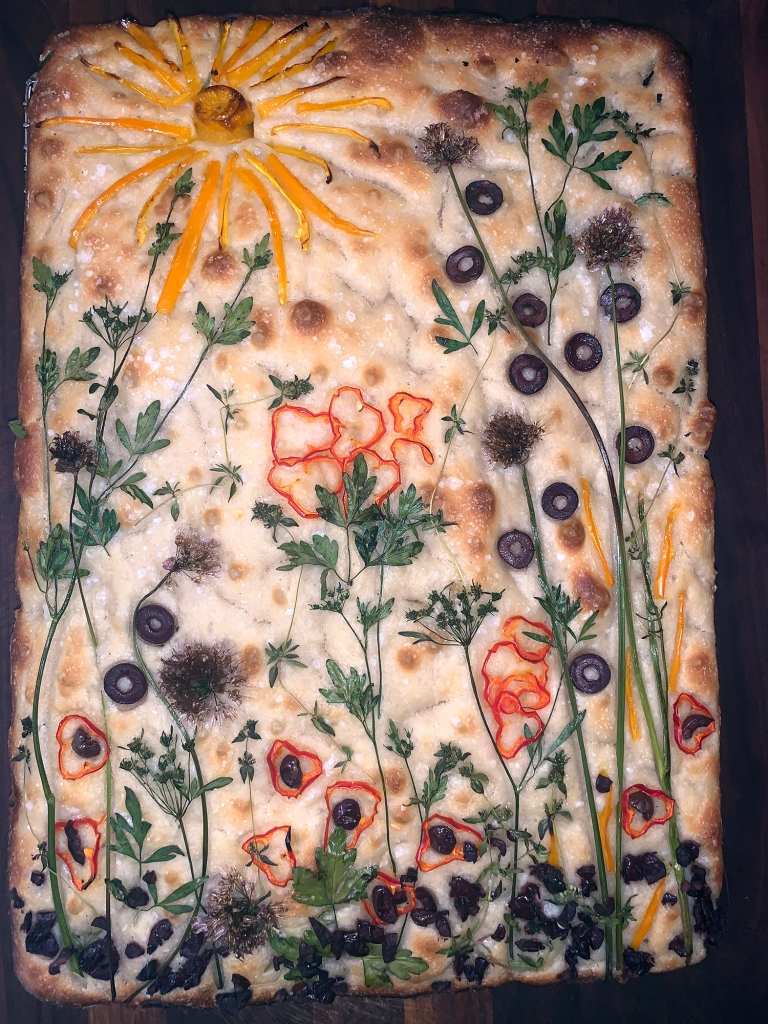
The burnt chive blossoms after baking 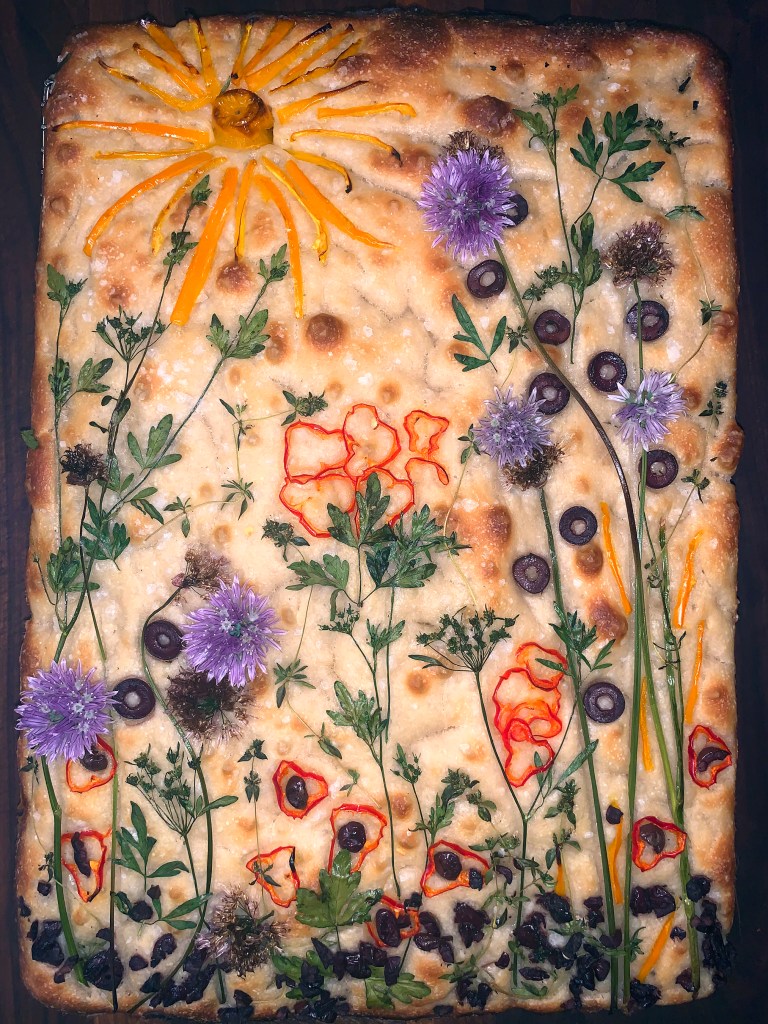
Fresh chive blossoms inserted afterward
You might consider using any of the following: parsley leaves and flowers, thyme, rosemary, chives and their flowers, capers, bell pepper rings, sliced or chopped olives, grape tomatoes. The list is endless so get your creative juices flowing…
A word to the wise, it’s best to measure your flour by weight instead of by cup because you’ll get a more exact measurement.

Since the world has been locked down these past several months due to COVID-19, there seems to be a shortage of specific grocery items—other than toilet paper. Apparently a lot of folks are baking because it’s almost impossible to get bread flour and yeast at your local supermarket. So we just used all-purpose flour which we had on hand, and scored online with the yeast—even though it was Italian!
A little more dense than expected, next time I hope to use bread flour which has a higher percentage of protein. Apparently the higher protein is what helps you get those deliciously chewy air pockets.
*Equipment-wise, you’ll need a stand mixer with a dough hook and an 18″ x 13″ rimmed sheet pan for this recipe.
Do Ahead: Focaccia can be baked 1 day ahead. Tightly wrap in plastic and store at room temperature.
Focaccia Art Bread
Ingredients
- 6¼ cups bread flour (30 oz. or 850g)
- 2¼ tsp. active dry yeast (from one ¼-oz. packet)
- Pinch of sugar
- 2 Tbsp. Diamond Crystal or 1 Tbsp. Morton kosher salt
- 5 Tbsp. extra-virgin olive oil, divided, plus more for greasing and drizzling
- Fresh herbs and vegetables for decoration
- Flaky sea salt
Directions
- Combine flour and 2½ cups room-temperature water in the bowl of a stand mixer fitted with the dough hook. Mix on low speed, scraping down sides and hook as needed to incorporate any dry flour, until a shaggy dough forms. Remove dough hook and cover bowl with plastic. Let sit while you prepare the yeast (you can leave the dough in this state up to 2 hours).
- Stir yeast, sugar, and ½ cup warm water with a fork in a small bowl to dissolve. Let sit until yeast is foamy, about 5 minutes.
- Pour yeast mixture into stand mixer bowl and mix on low speed until dough absorbs all additional water, about 1 minute (pulse mixer on and off a couple of times at very beginning to prevent liquid from splashing over the sides). Add kosher salt and continue to mix, increasing speed to medium, until dough is extremely elastic and very sticky (it will look more like a thick batter and will stick to sides of bowl), about 5 minutes.
- Pour 3 Tbsp. oil into a large (preferably glass) bowl and swirl to coat sides. Scrape in dough with a large spatula or flexible bench scraper. Cover and place in a warm spot until dough is doubled in volume, 2–3 hours. If using a glass bowl, it’s helpful to mark the position of the dough at the beginning so you can accurately assess the rise (a dry-erase marker or piece of tape works).
- Drizzle 2 Tbsp. oil over a 18 x 13″ sheet pan and use fingertips to rub all over bottom and sides. Using large spatula or flexible bench scraper, fold dough inside bowl a couple of times to deflate, then scrape onto prepared baking sheet. Using oiled hands, lift up dough and fold over onto itself in half, then rotate baking sheet 90° and fold in half again. Cover dough with a piece of well-oiled plastic and let rest 10 minutes to let gluten relax.
- Uncover and go back in with oiled hands, gently stretching dough (to avoid tearing) across length and width of baking sheet in an even layer, working all the way to edges and into corners. If dough starts to spring back, let sit 5–10 minutes and start again. Cover again with same piece of oiled plastic and chill at least 8 hours and up to 24.
- Let sheet pan sit in a warm spot until dough is puffed and bubbly and nearly doubled in height, 45–65 minutes (if you’re using a standard half sheet pan, it will have risen to the very top of the sides). Meanwhile, place a rack in center of oven; preheat to 450°.
- Remove plastic and drizzle dough generously with more oil. Oil hands again and press fingertips firmly into dough, pushing down all the way to bottom of pan to dimple all over. Sprinkle generously with sea salt.
- Decorate the top with whatever you desire. It helps to Google focaccia art and/or look it up on Pinterest to get some ideas. After you’ve arranged everything, brush them with olive oil to help prevent burning (although delicate flowers you may want to add after baking).
- Bake focaccia until surface is deep golden brown all over, 20-25 minutes. Let cool in pan 10 minutes. Slide a thin metal spatula underneath focaccia to loosen from sheet pan (it may stick in a couple of places, so use some elbow grease to get underneath) and transfer to a wire rack. Let cool completely before cutting as desired.













